In today’s dynamic work environment, making the most of limited space is essential. Small offices demand creative solutions that blend functionality with style, ensuring productivity without sacrificing comfort. From clever storage hacks to ergonomic furnishings, this article explores twenty distinct ideas to transform any compact workspace into an efficient, inspiring hub. Drawing on expert advice and real-world examples, you’ll discover how to maximize every square inch—from underutilized nooks to vertical expanses—while maintaining a cohesive, personalized aesthetic. Whether you’re setting up a home office or refining a corporate cubicle, these practical strategies will help you craft a small office that feels spacious, organized, and uniquely yours.
1. Multipurpose Furniture
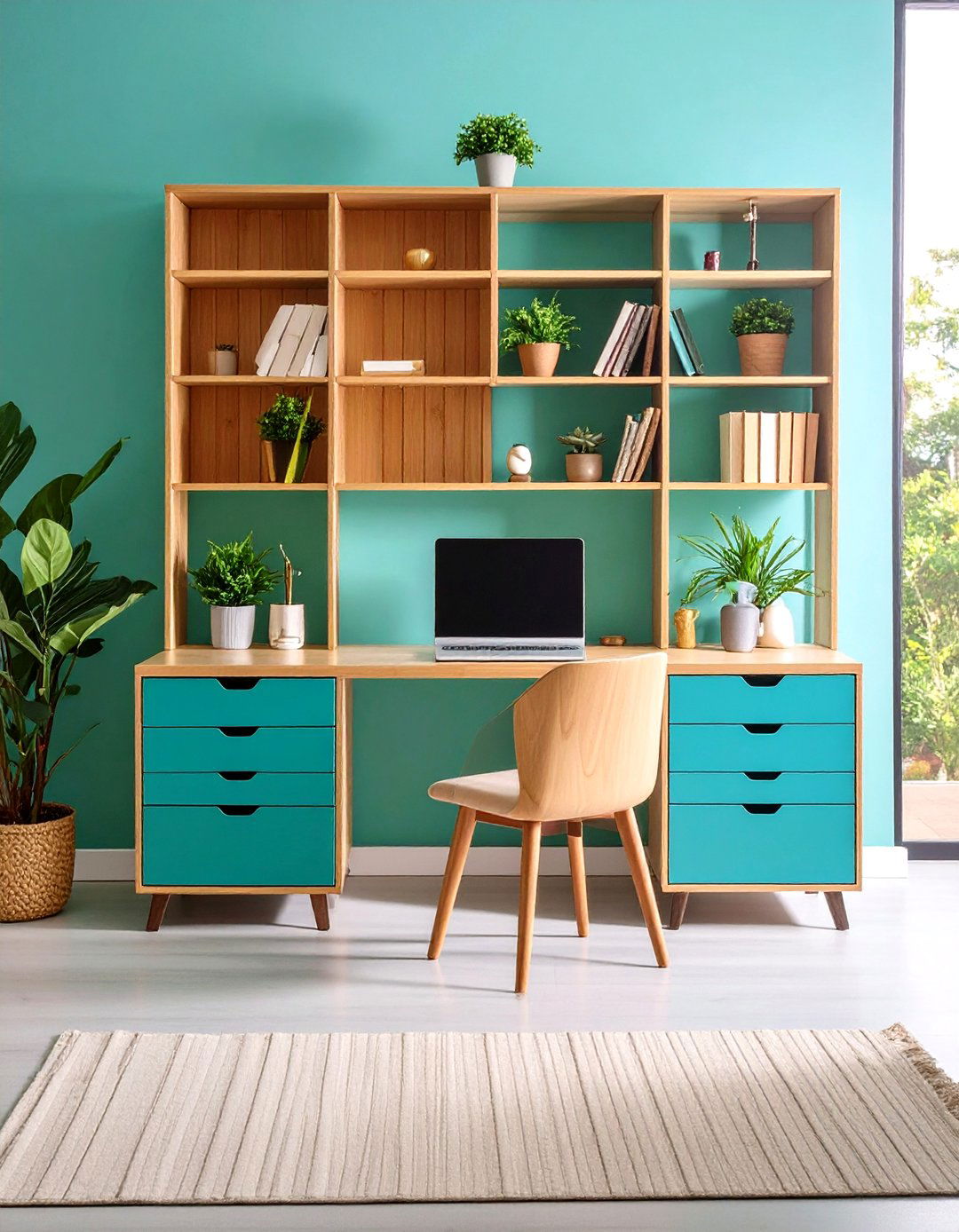
Opt for furniture that serves more than one function, such as desks with built-in drawers or bookcases that double as room dividers. Multipurpose pieces eliminate the need for extra items, reducing clutter and freeing up floor space. For example, a desk with integrated shelving can house both work essentials and decorative items, maintaining a clean surface while adding visual interest. Selecting sustainable materials like bamboo can also ensure durability and environmental responsibility. By choosing versatile furniture, you create zones for work, storage, and display without overwhelming a small footprint.
2. Vertical Storage Solutions
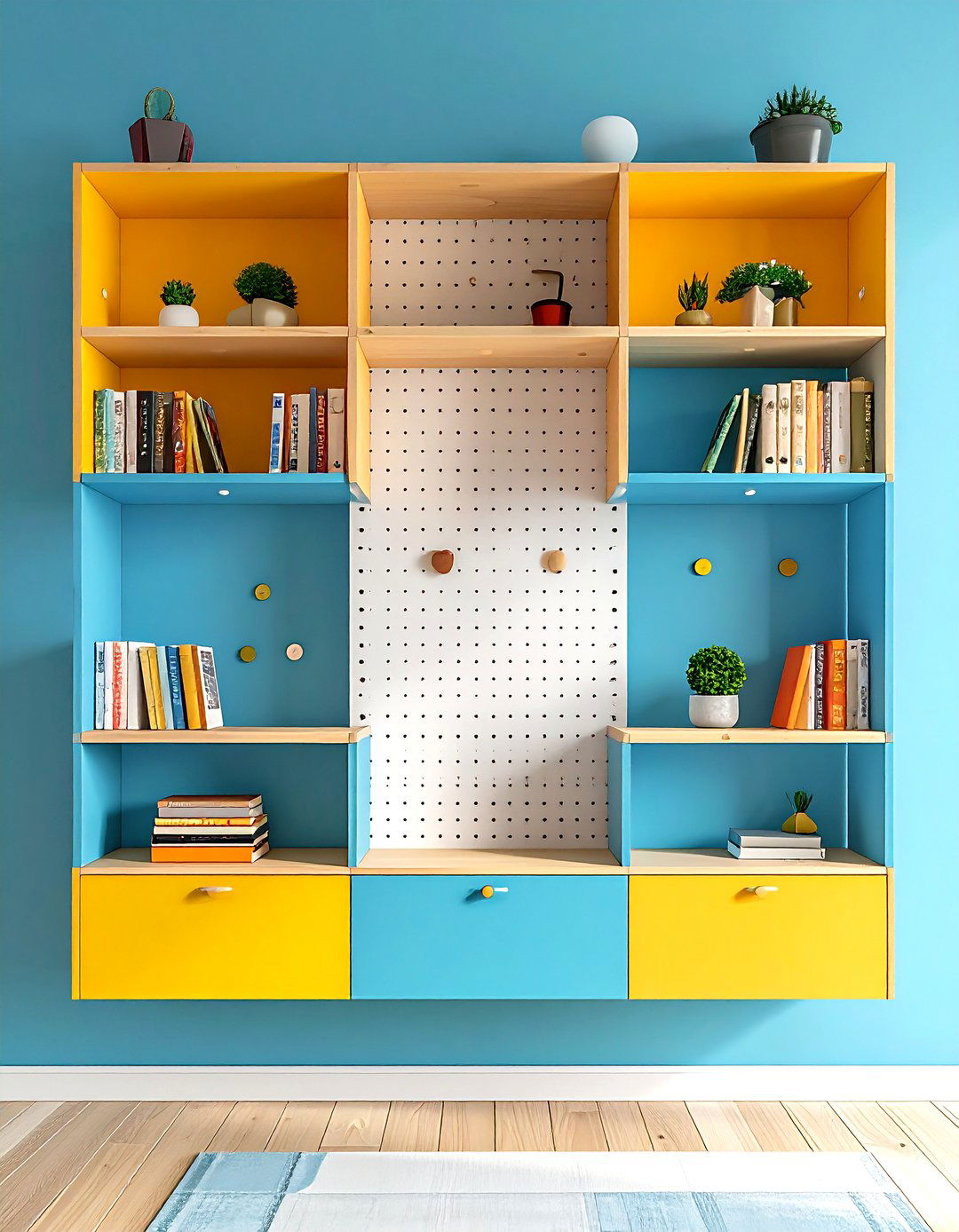
When floor space is scarce, look upward. Installing wall-mounted shelves, floating cabinets, or pegboards maximizes vertical real estate, keeping frequently used items within reach. Adjustable shelving systems allow you to reconfigure storage as needs change, while open shelves can display books and décor, adding personality without sacrificing function. By maintaining clear desk surfaces and using vertical organizers for files, stationery, and electronics, you create an airy feel and reduce visual clutter. Vertical solutions streamline workflows by organizing essentials at eye level, enhancing both efficiency and aesthetics.
3. Natural Light Maximization
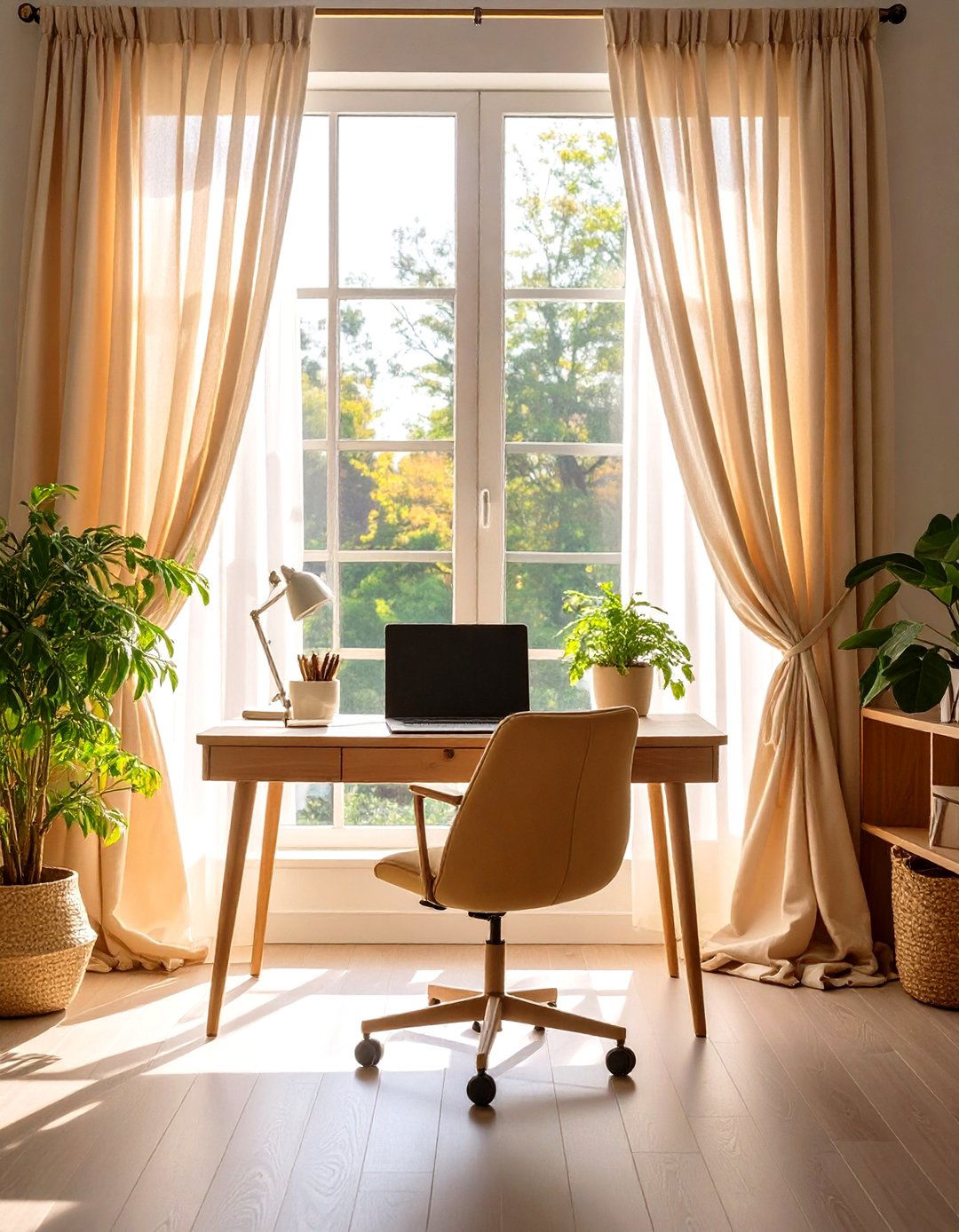
Harnessing natural light can make a small office feel larger and more inviting. Position your desk near a window to benefit from daylight, which boosts mood and productivity. Use sheer curtains or blinds that allow light to filter through without glare. Mirrors placed opposite windows can reflect light deeper into the room, amplifying brightness. If windows aren’t an option, consider a skylight or sun tube installation. Strategic lighting choices combat fatigue and enhance color accuracy during design or creative work. Prioritizing natural light fosters a healthier, more vibrant workspace.
4. Ergonomic Furniture Selection

Ergonomic chairs and adjustable desks are vital, even in small offices. Look for chairs with lumbar support, swivel bases, and height-adjustable armrests to maintain proper posture. Sit-stand desks allow you to alternate positions, reducing strain and boosting energy levels throughout the day. Monitor stands or adjustable arms also help position screens at eye level, preventing neck and shoulder pain. Investing in ergonomics pays dividends in well-being and productivity, ensuring that your compact workspace supports long hours of focused work without discomfort.
5. Compact Desk Options
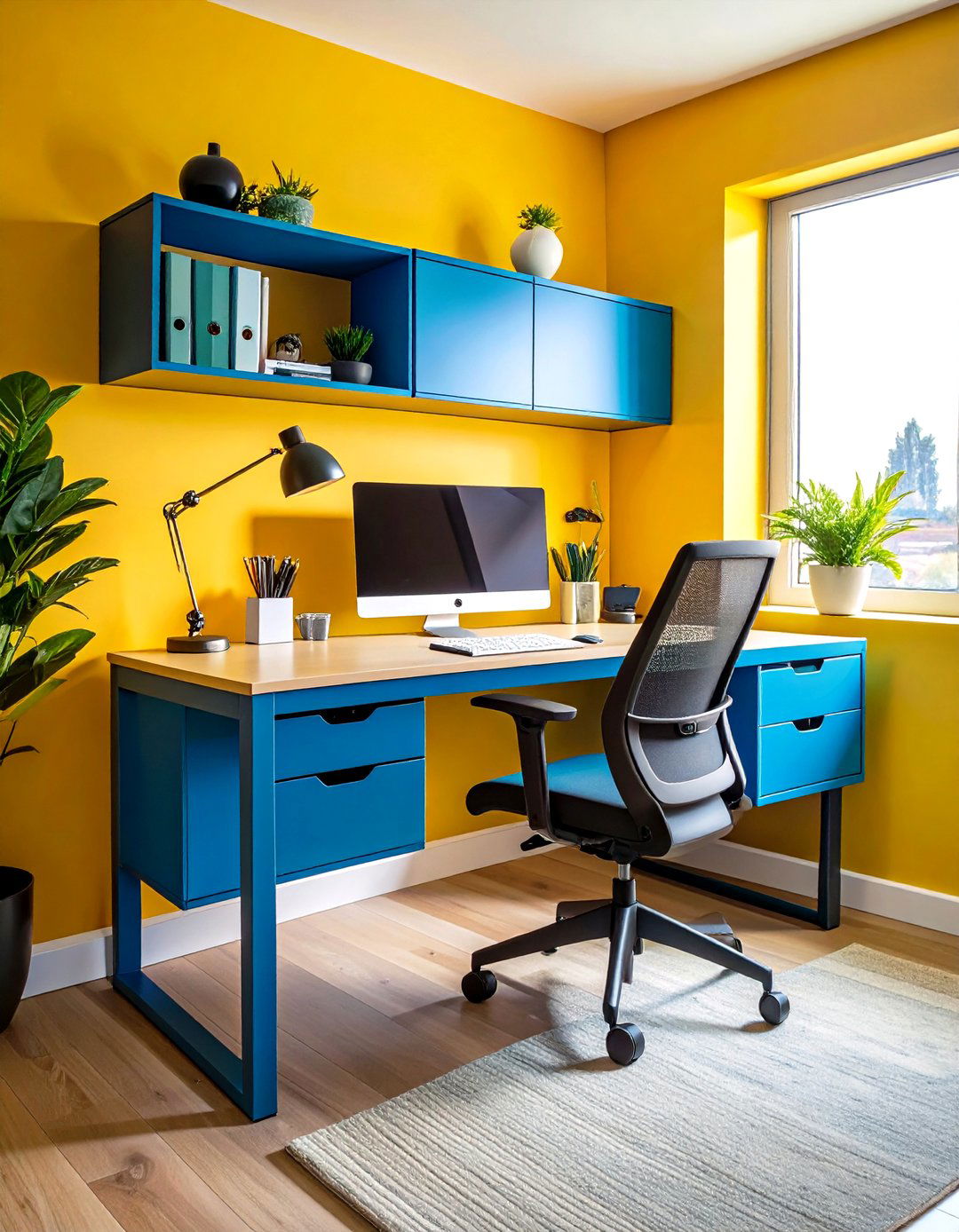
Small desks with minimalist footprints fit snugly into tight corners or hallways. Models like narrow console tables or floating desks attach directly to walls, providing ample writing surface without bulky legs. Look for designs with built-in storage cubbies or cable grommets to keep electronics tidy. A slim-profile desk paired with a slim chair can slot into alcoves or unused corridors, creating a dedicated workspace in unexpected areas. These compact solutions prove that functionality doesn’t require a large footprint, enabling you to carve out a work zone wherever space permits.
6. Foldable and Secret Desks
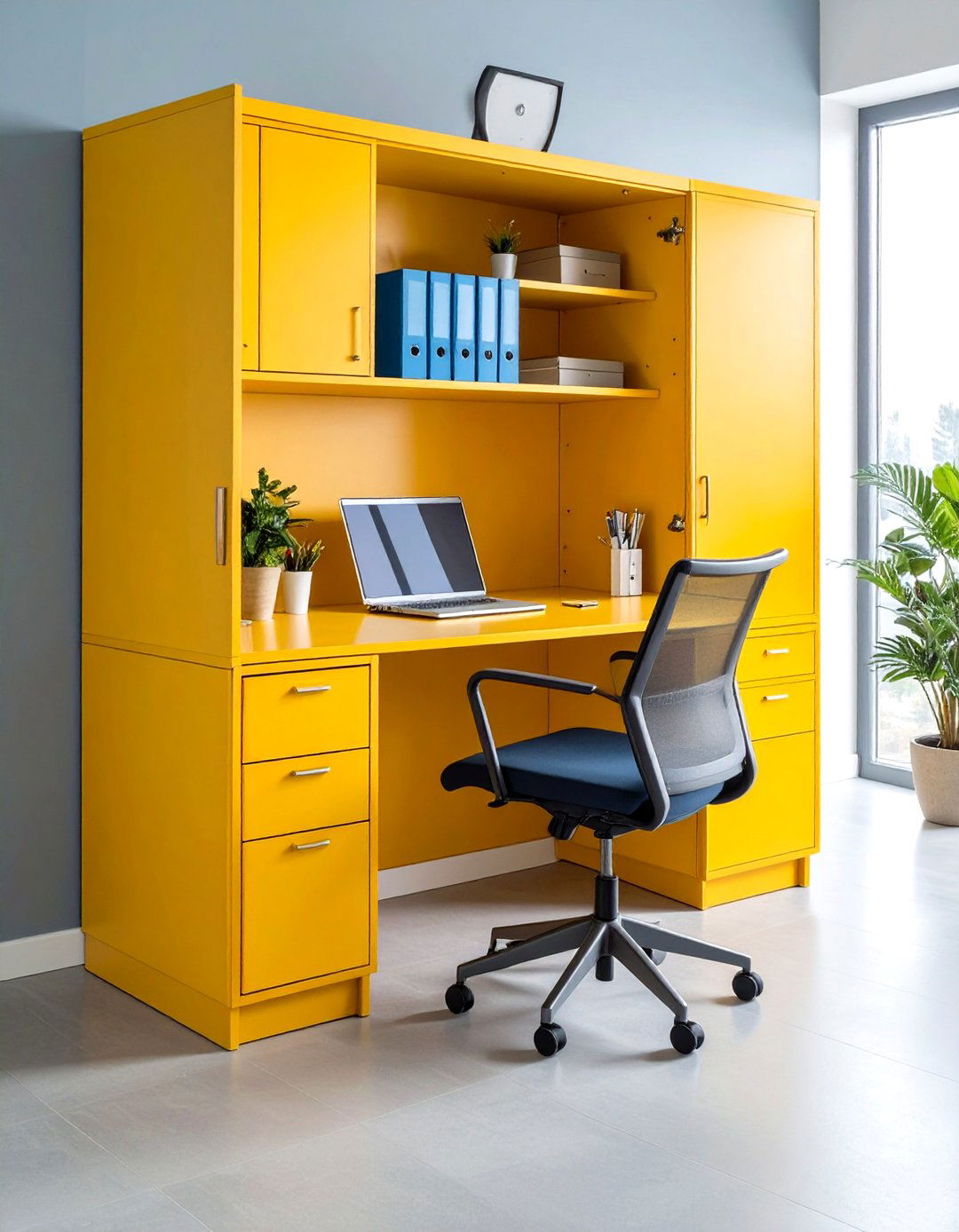
Fold-down secretary desks and hidden workstations are perfect for multipurpose rooms. When closed, these units resemble cabinets or decorative panels, preserving room aesthetics. Opening them reveals a functional desk surface, often with small shelves or cubbies inside. This approach is ideal for shared family areas or living rooms where an always-visible desk would clash with décor. By concealing your workspace when not in use, you maintain a streamlined look without compromising on utility—opening and closing your desk as simply as flipping a cover.
7. Built-In Desk and Storage
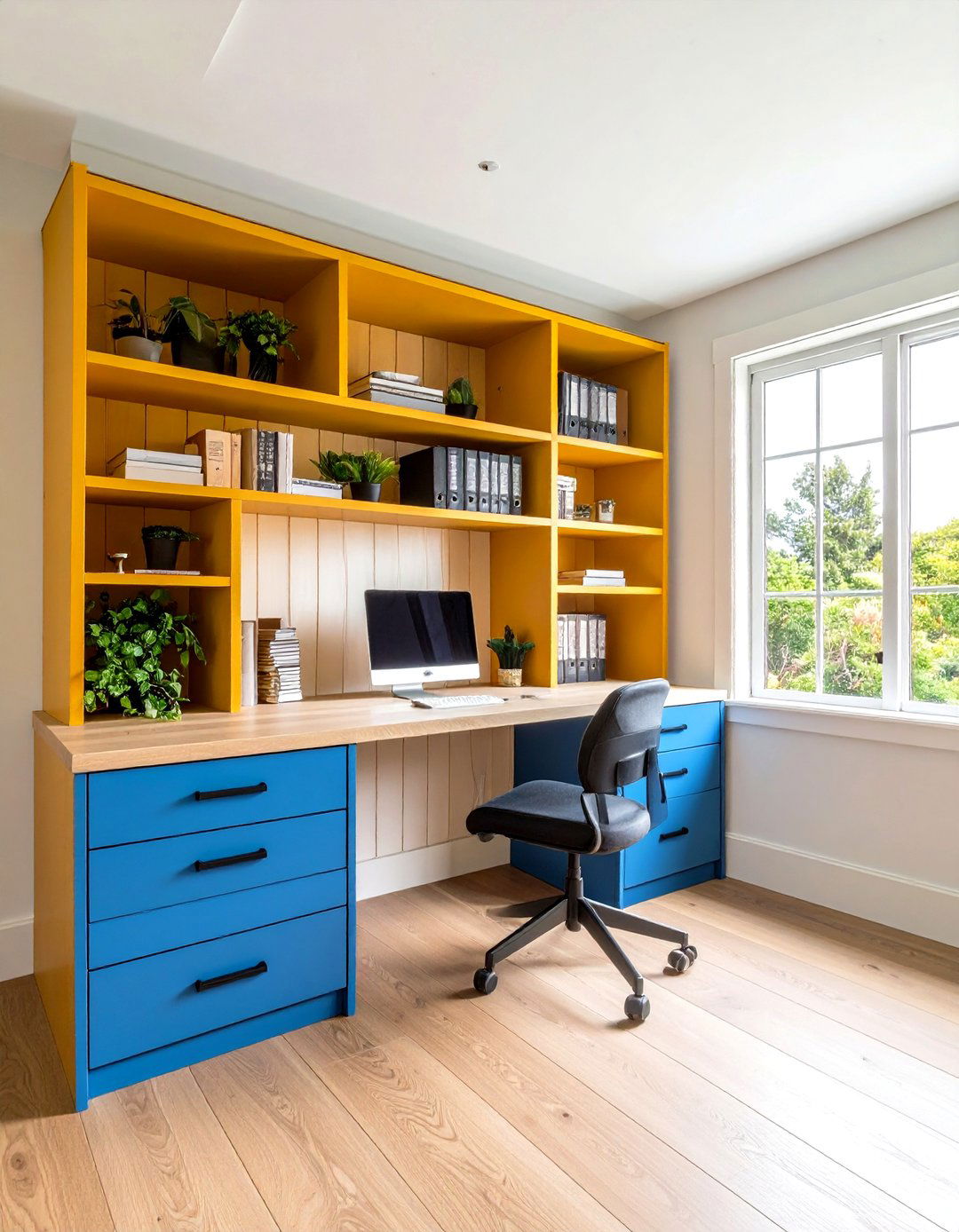
Custom built-ins optimize irregular or small office layouts. Integrate a desk into an alcove or beneath a staircase, flanked by shelves and cabinets tailored to the space. Built-ins eliminate gaps between furniture items, maximizing every inch. They can be finished to match existing millwork or painted in accent colors for visual cohesion. Incorporating cabinet doors hides clutter, while open shelving showcases books and awards. Though more involved to install, built-ins yield seamless, high-end results that commercial furniture often cannot replicate.
8. Cable Management Systems
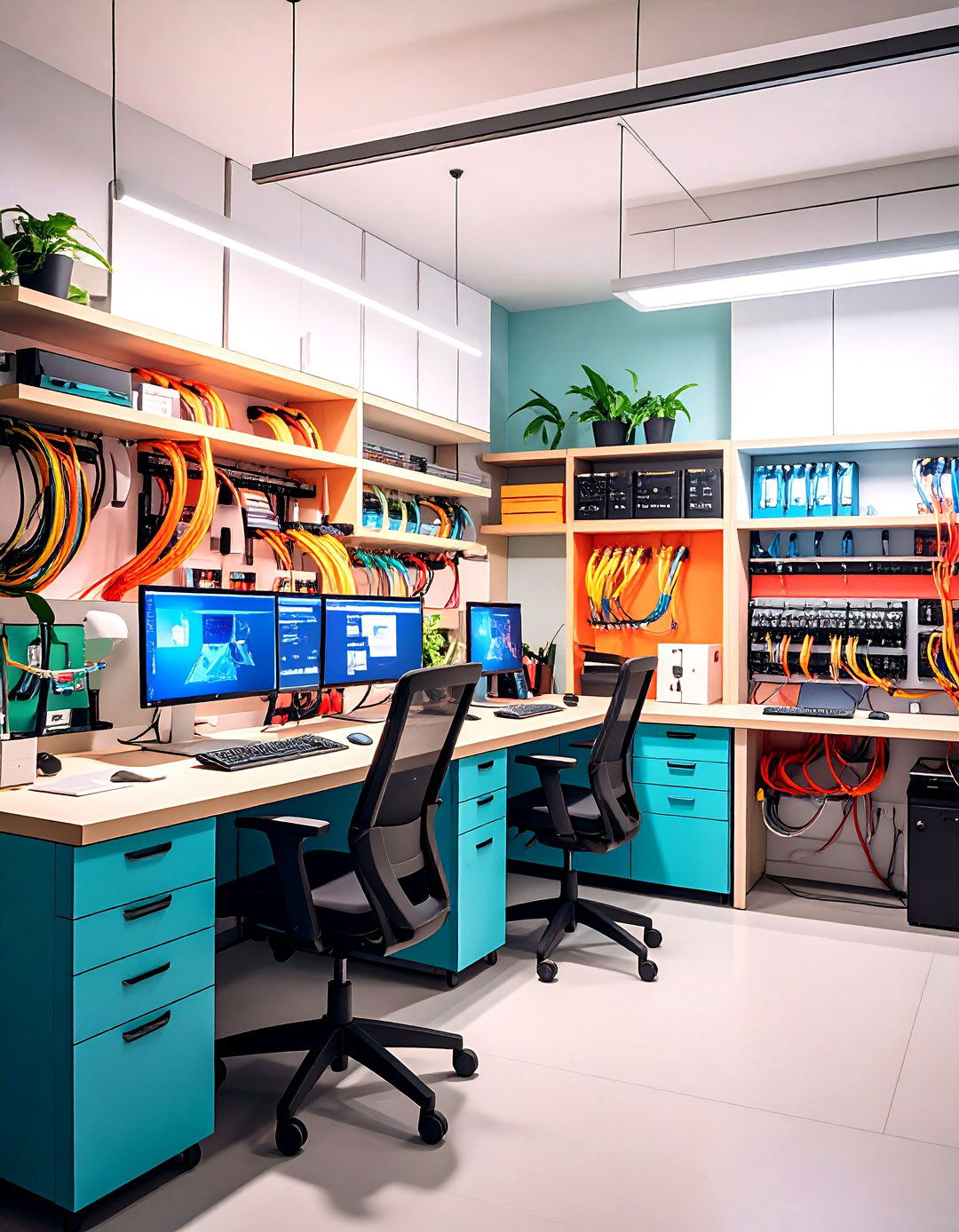
Tangled cords create visual noise and pose tripping hazards in cramped areas. Employ cable sleeves, clips, and under-desk trays to route wires out of sight. Integrated desk grommets channel cables through dedicated openings, keeping the workspace clear. For wireless devices, use charging stations or hide power strips inside desk drawers. A tidy cable setup enhances both safety and aesthetics, ensuring that technology supports productivity without distracting clutter.
9. Accent Walls for Zoning

In open-plan or multipurpose spaces, an accent wall can define your office area. Bold paint, wallpaper, or shiplap instantly differentiates the workspace from adjoining living or family rooms. Zoning with color or texture provides visual interest and a psychological boundary for focused work. Lighter hues reflect more light in small offices, while darker tones add depth. Use color strategically to evoke calm, creativity, or energy—depending on the tasks you perform.
10. Greenery and Biophilic Design
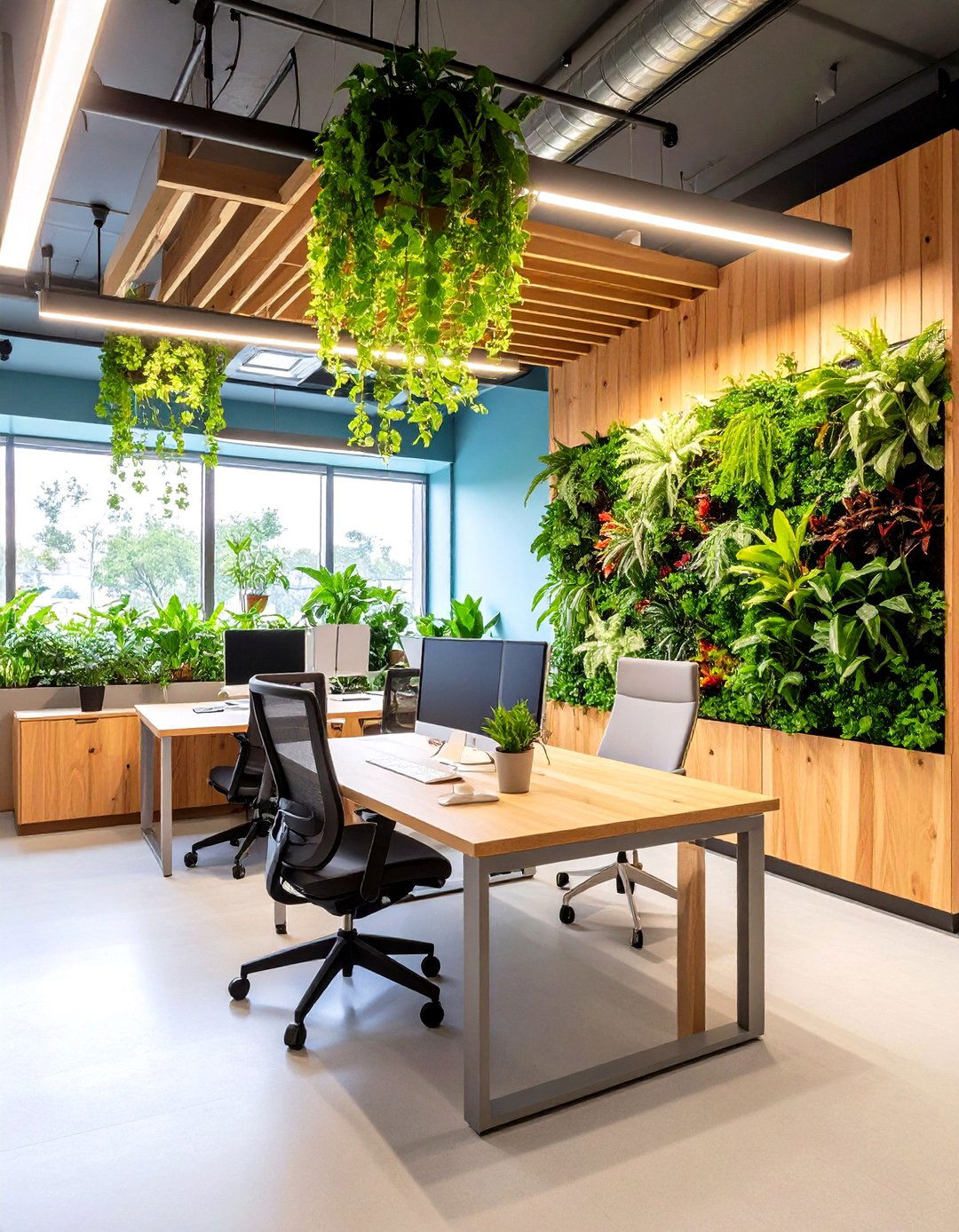
Incorporating plants into your office enhances air quality and well-being. Small potted plants, hanging planters, or mounted wall gardens bring nature indoors without consuming floor space. Choose low-maintenance species like pothos or succulents for ease of care. Biophilic elements—wood accents, natural textiles, and botanical artwork—foster a connection to the outdoors, reducing stress and boosting creativity. Even in tiny offices, a touch of green can transform the environment into a more pleasant, healthful place to work.
11. Personalized Memo Boards and Inspiration

Keep key notes and inspiration in view with wall-mounted memo boards, cork strips, or magnetic panels. Group several small boards in a gallery arrangement above your desk for visual impact. These boards hold calendars, sketches, mood boards, and motivational quotes, centralizing information and sparking creativity. By customizing your board layout, you maintain organization while injecting personality and color into a compact workspace.
12. Smart Lighting Solutions
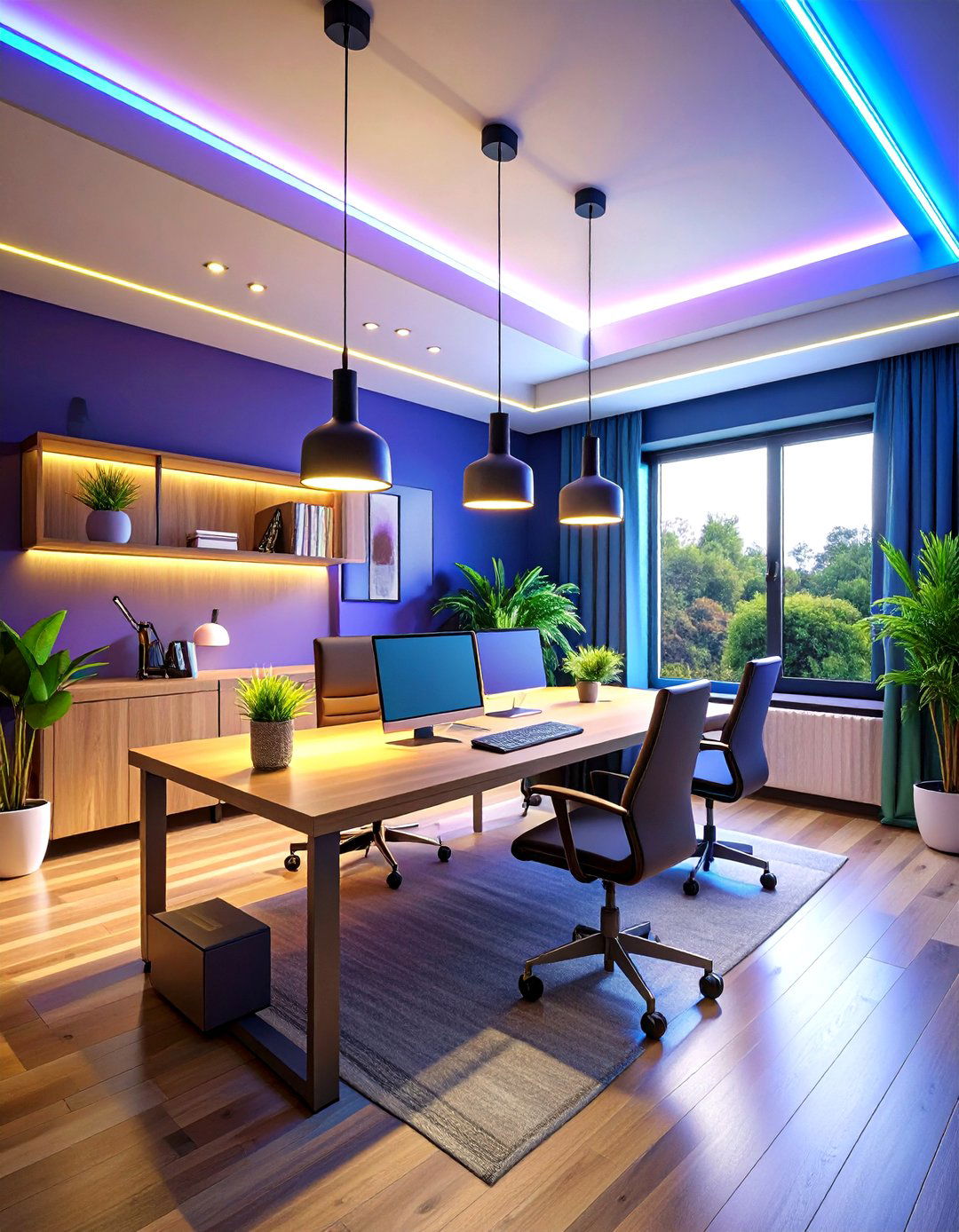
Well-designed lighting combats eye strain and defines space. Combine overhead pendant lamps with adjustable task lights for layered illumination. Pendant fixtures provide glare-free ambient light, while swing-arm desk lamps deliver focused beams for reading and detailed work. LED strips under shelves or behind monitors create gentle backlighting, reducing contrast and fatigue. Smart bulbs allow you to adjust color temperature based on time of day, supporting circadian rhythms and productivity.
13. Mobile Storage and Rolling Carts
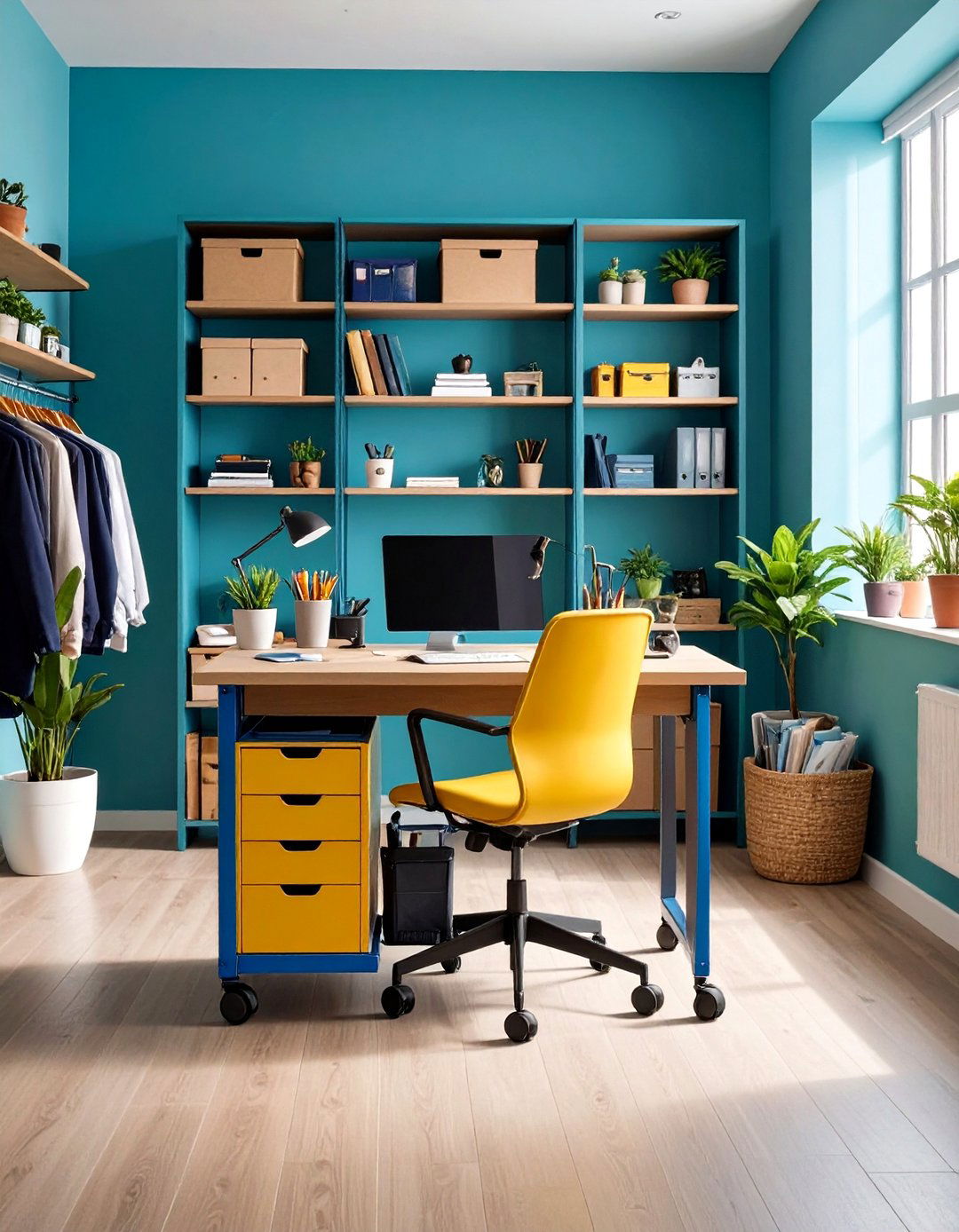
Rolling carts and mobile file cabinets add flexible storage without permanent commitment. Tuck them under your desk or wheel them to other rooms as needed. Carts can hold office supplies, printers, or personal items, then slide away when you require more legroom. Opt for models with lockable wheels to secure equipment, and choose sizes that fit beneath your workspace. Mobility ensures storage adapts to changing tasks and layouts.
14. Dual-Purpose Room Dividers
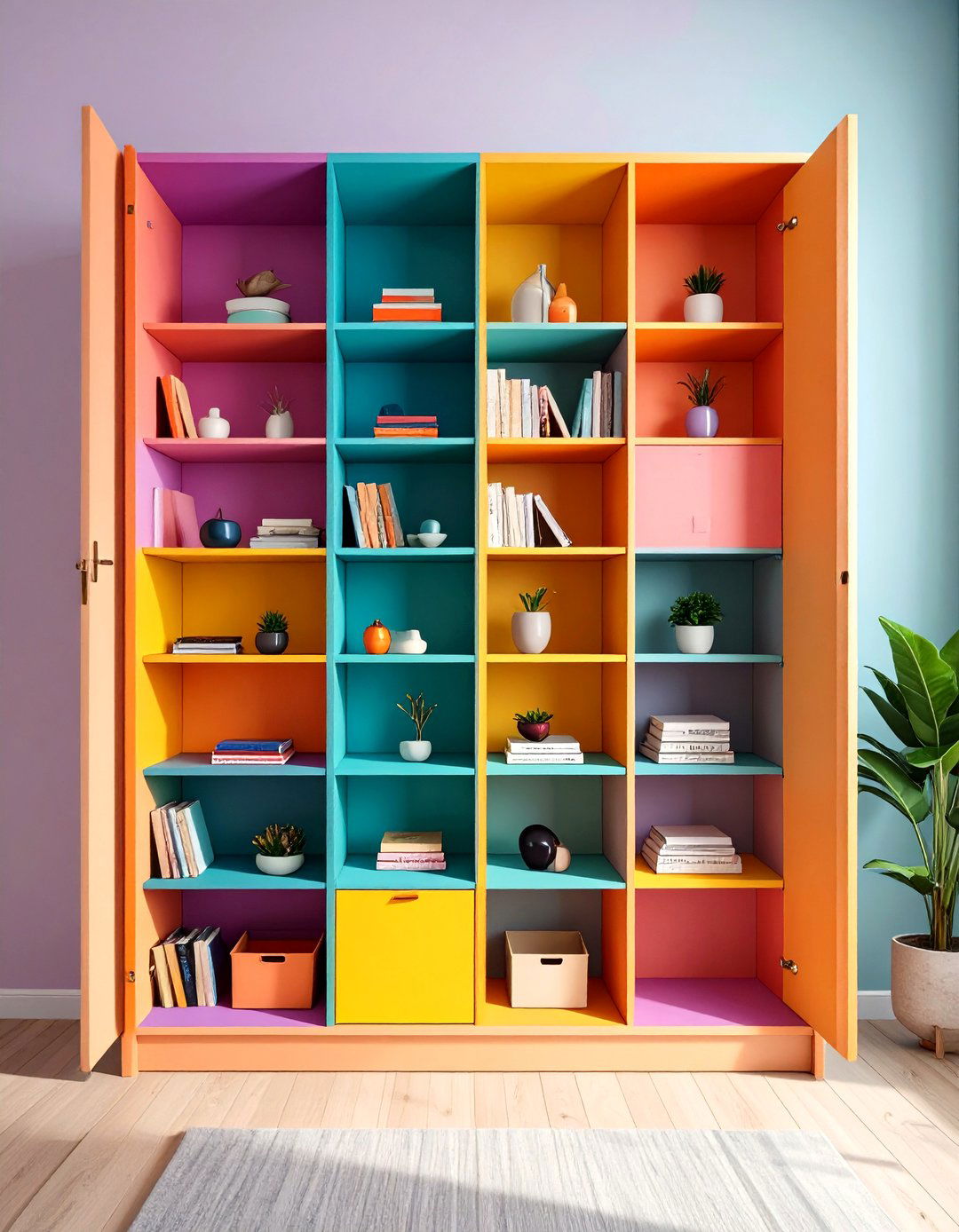
Open shelving units act as both storage and partition, defining a workspace within a larger room. Bookshelves with back panels can obscure distractions, while still displaying décor. Transparent or lightly framed dividers maintain visual flow, preserving a sense of spaciousness. Position dividers to create zones for collaboration or quiet work, tailoring the office footprint without structural changes.
15. Color Psychology in Office Design
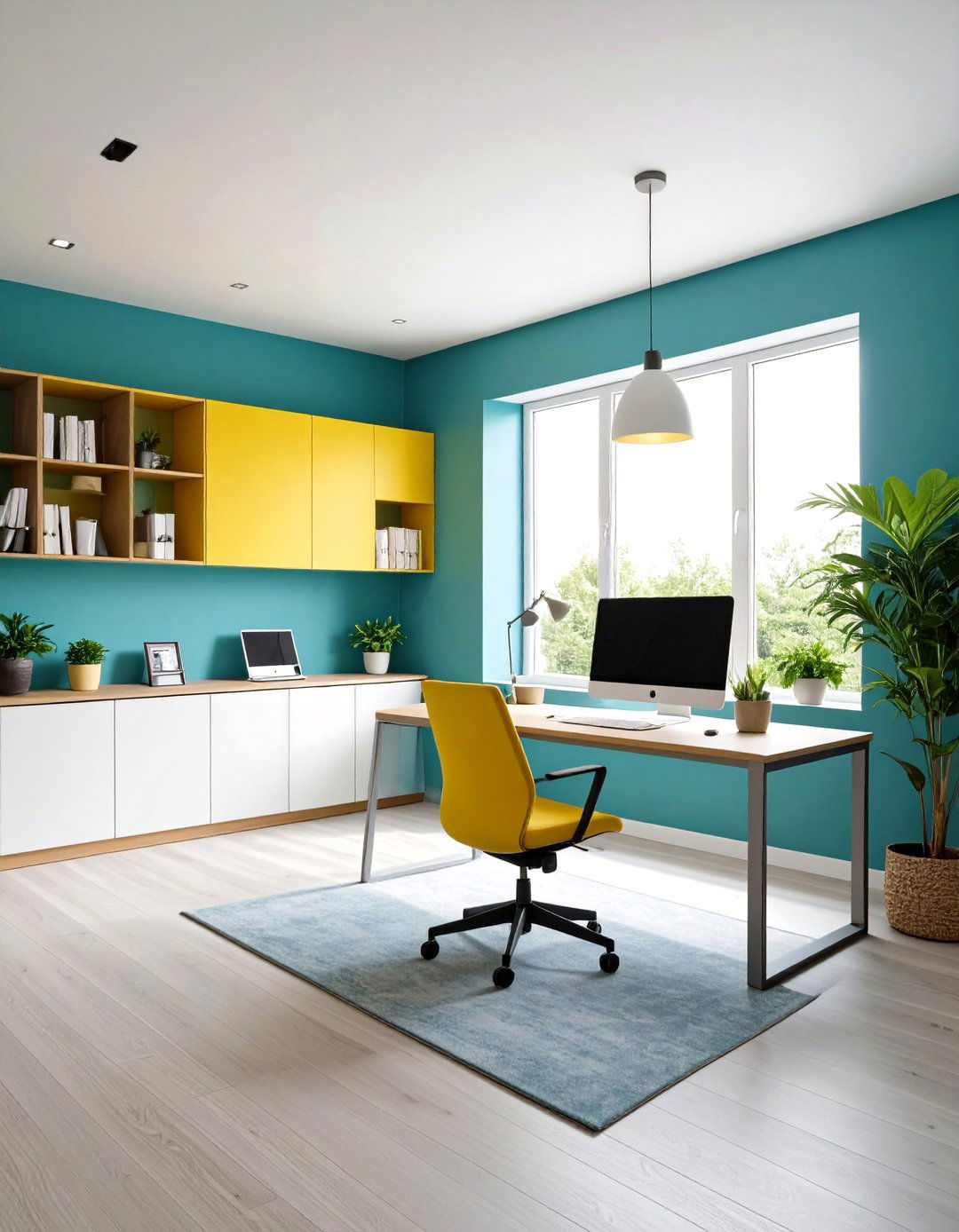
Selecting the right palette influences mood and performance. Cool blues and greens promote calm and concentration, while warmer hues like yellow energize creativity. Accent colors can delineate functional zones, from brainstorming to administrative tasks. Consistent color schemes also unify eclectic pieces, making a small office appear thoughtfully curated rather than cluttered.
16. Technology Integration and Cable-Free Setup
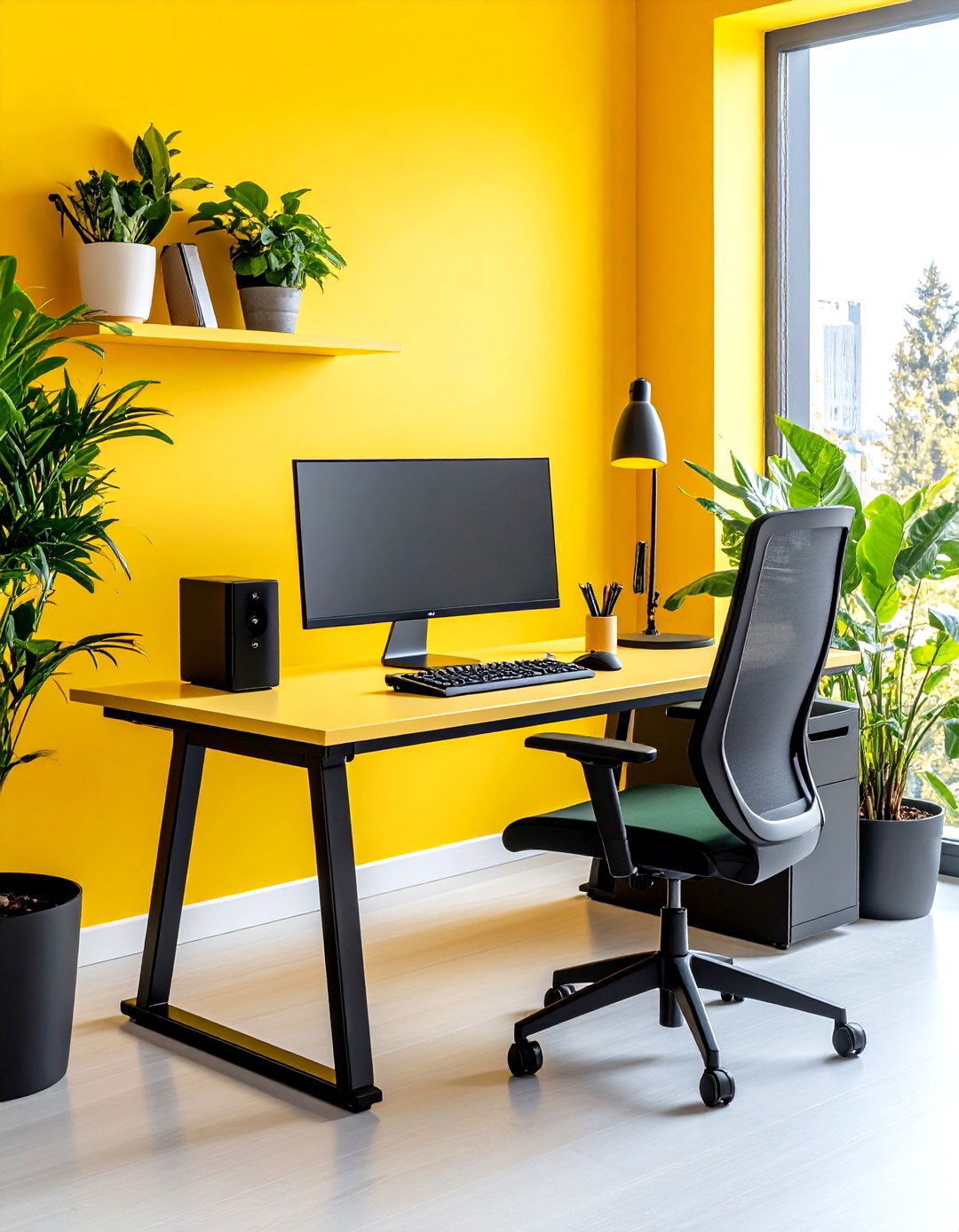
Invest in wireless peripherals—keyboards, mice, and charging pads—to reduce desktop clutter. Use docking stations for laptops, and conceal power strips within furniture. Integrate USB hubs inside drawers or behind monitors for seamless connectivity. By minimizing visible cables, you maintain a clean workspace, allowing your office’s design elements to shine without distraction.
17. Minimalist Aesthetic
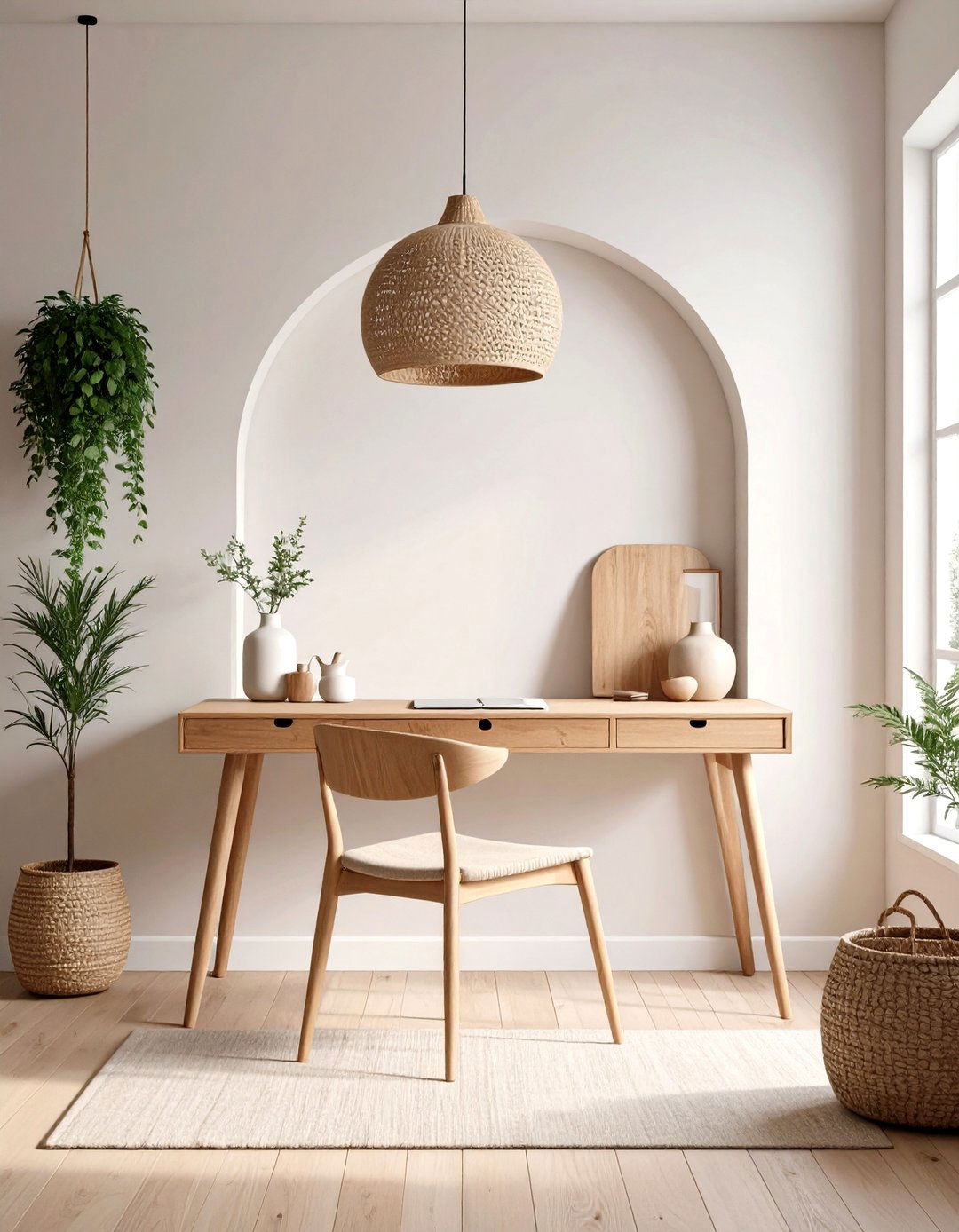
Adopting a “less is more” ethos keeps small offices feeling open. Choose streamlined furniture with simple lines and neutral tones. Limit decorative items to a few meaningful pieces, and regularly declutter surfaces. A minimalist approach focuses attention on essential tasks, reduces visual stress, and extends the perceived size of a compact room.
18. Underutilized Spaces: Closets and Landings

Convert closets into “cloffices” by installing a fold-down desk, shelves, and task lighting. Similarly, narrow landings or alcoves can become hidden workstations. Tailor built-ins to awkward dimensions, creating a private niche that disappears when not in use. These strategies tap forgotten areas, freeing up main rooms for daily living.
19. Acoustic Solutions for Privacy
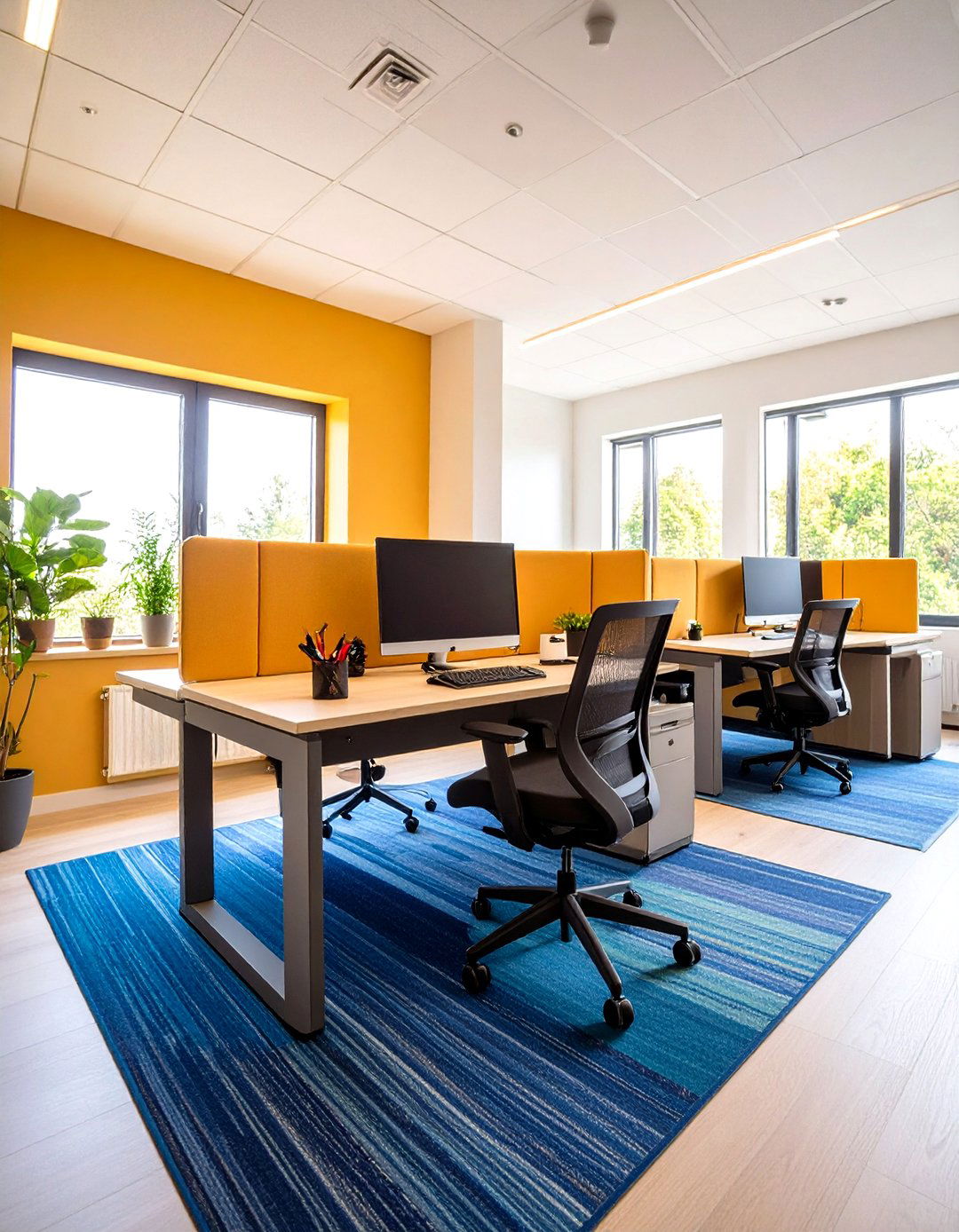
Small offices often lack soundproofing. Add acoustic panels or fabric-covered boards to walls to absorb noise. Carpets and rugs also dampen echoes. For open layouts, use desktop privacy screens or bookshelf dividers lined with acoustic material. Controlling sound ensures focus in compact environments where ambient noise from adjacent spaces can be distracting.
20. Multifunctional Accessories and Decor
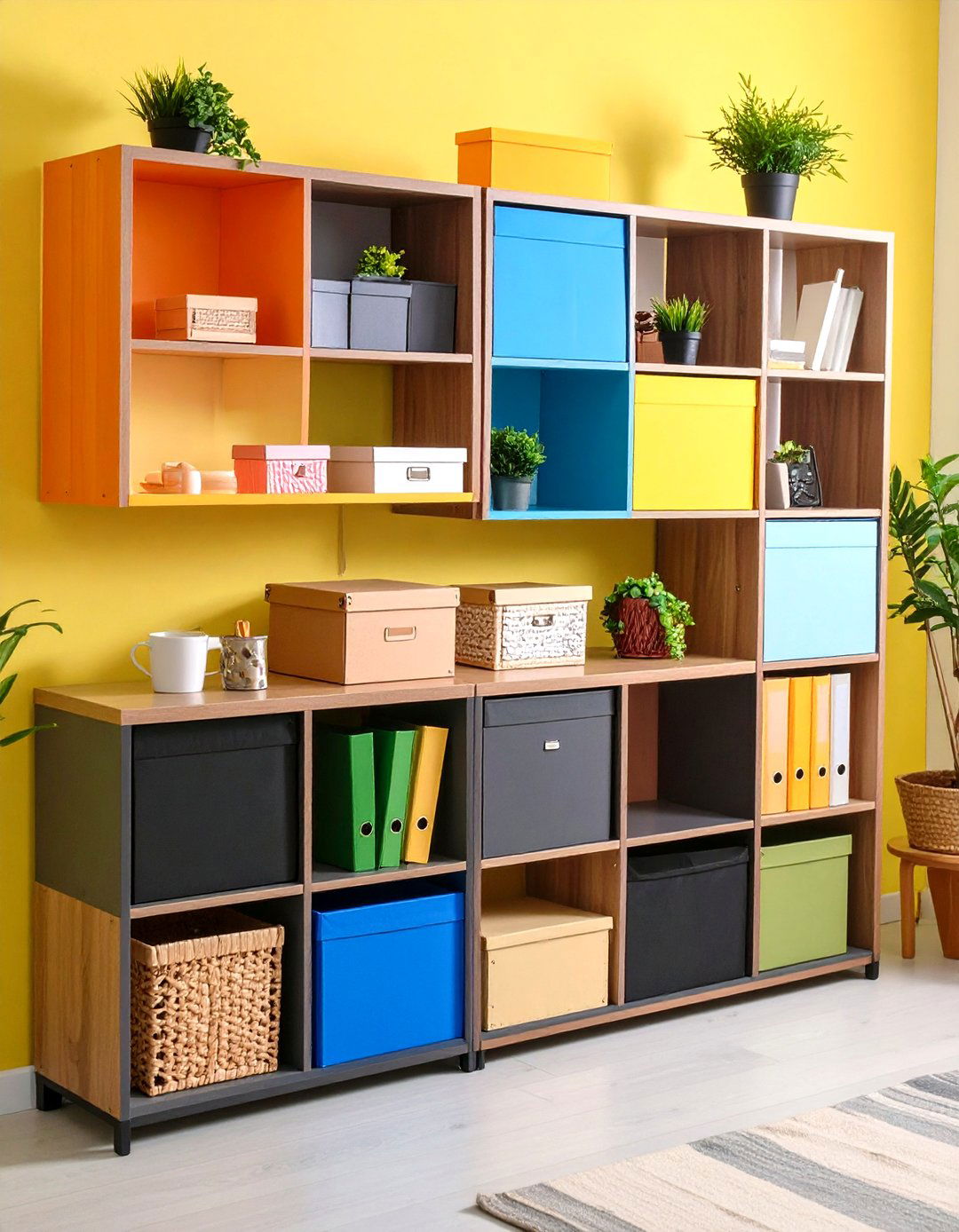
Choose decorative items that double as storage—like decorative boxes, picture ledges with trays, or stylish jars for supplies. Use floating shelves with integrated lighting or clip-on planters that attach to shelving edges. Multifunctional décor maximizes utility while keeping surfaces clear, adding flair without bulk.
Conclusion:
Small office design hinges on strategic choices that maximize efficiency, comfort, and style. By leveraging vertical space, multifunctional furniture, ergonomic principles, and thoughtful décor, you can create a workspace that feels open and inspiring—regardless of square footage. Embrace adaptable solutions like foldable desks, mobile storage, and built-ins to utilize every nook. Incorporate personal touches through color accents, greenery, and curated accessories to maintain motivation. With these twenty ideas, compact offices become dynamic environments that support productivity, well-being, and creative growth.


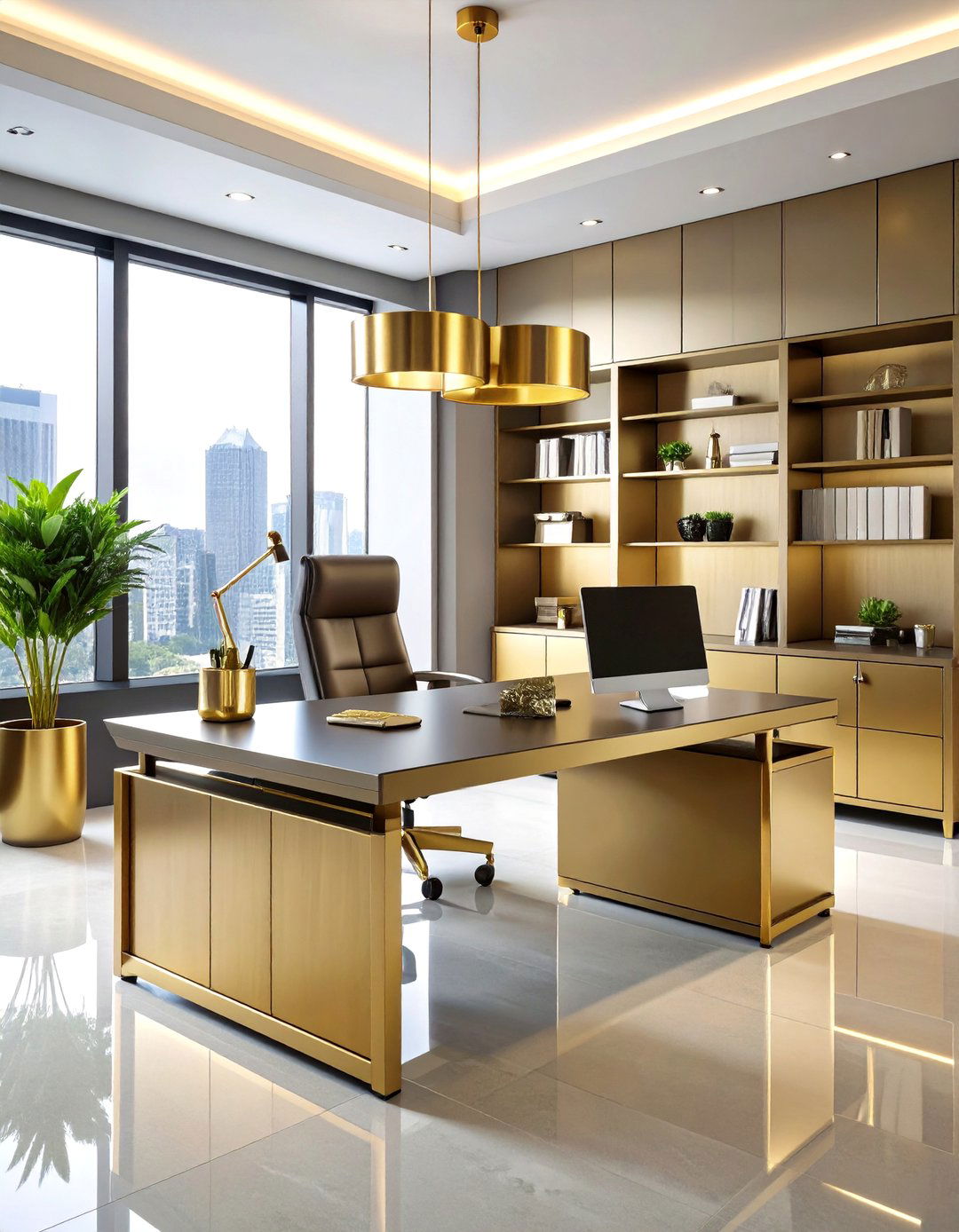
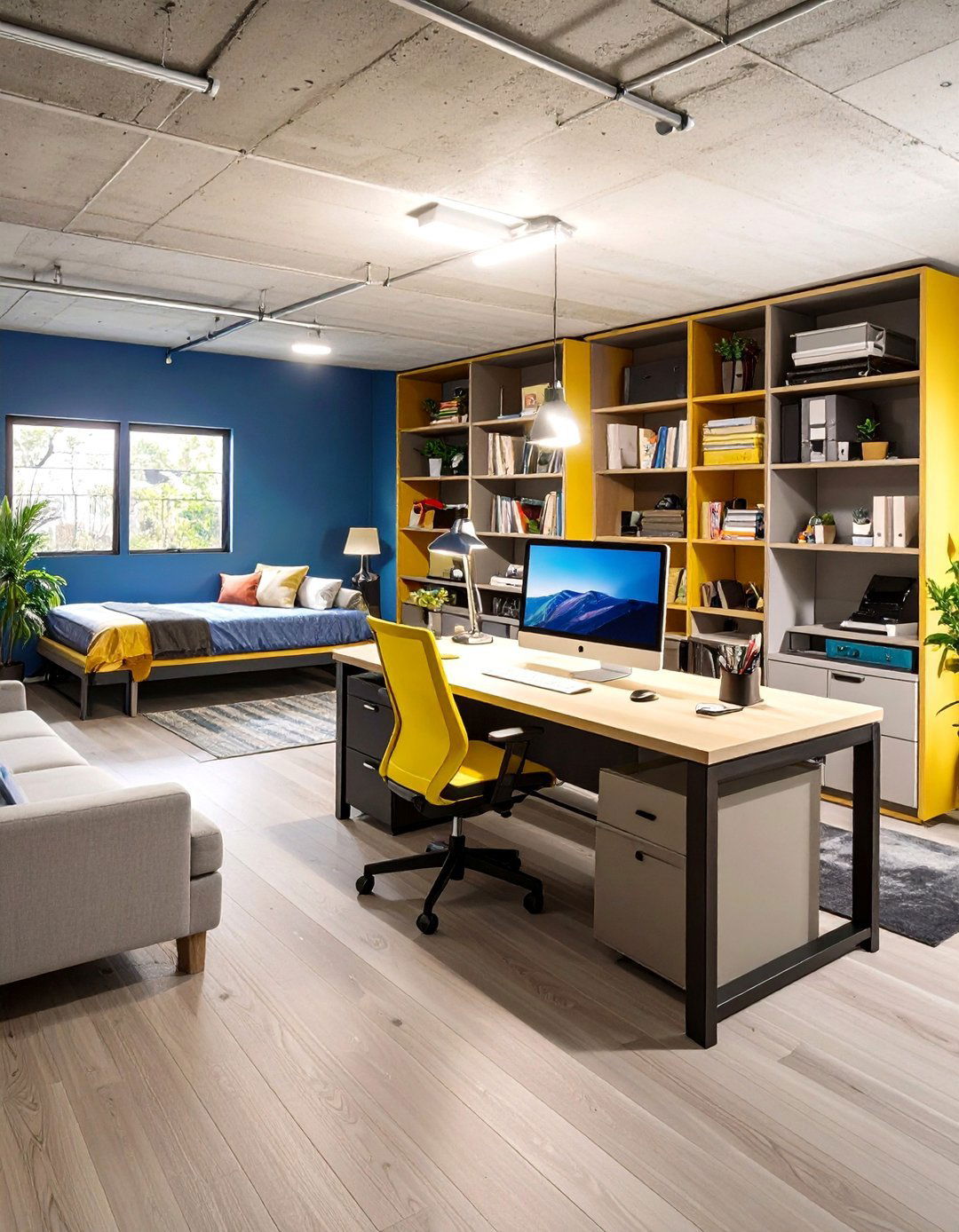
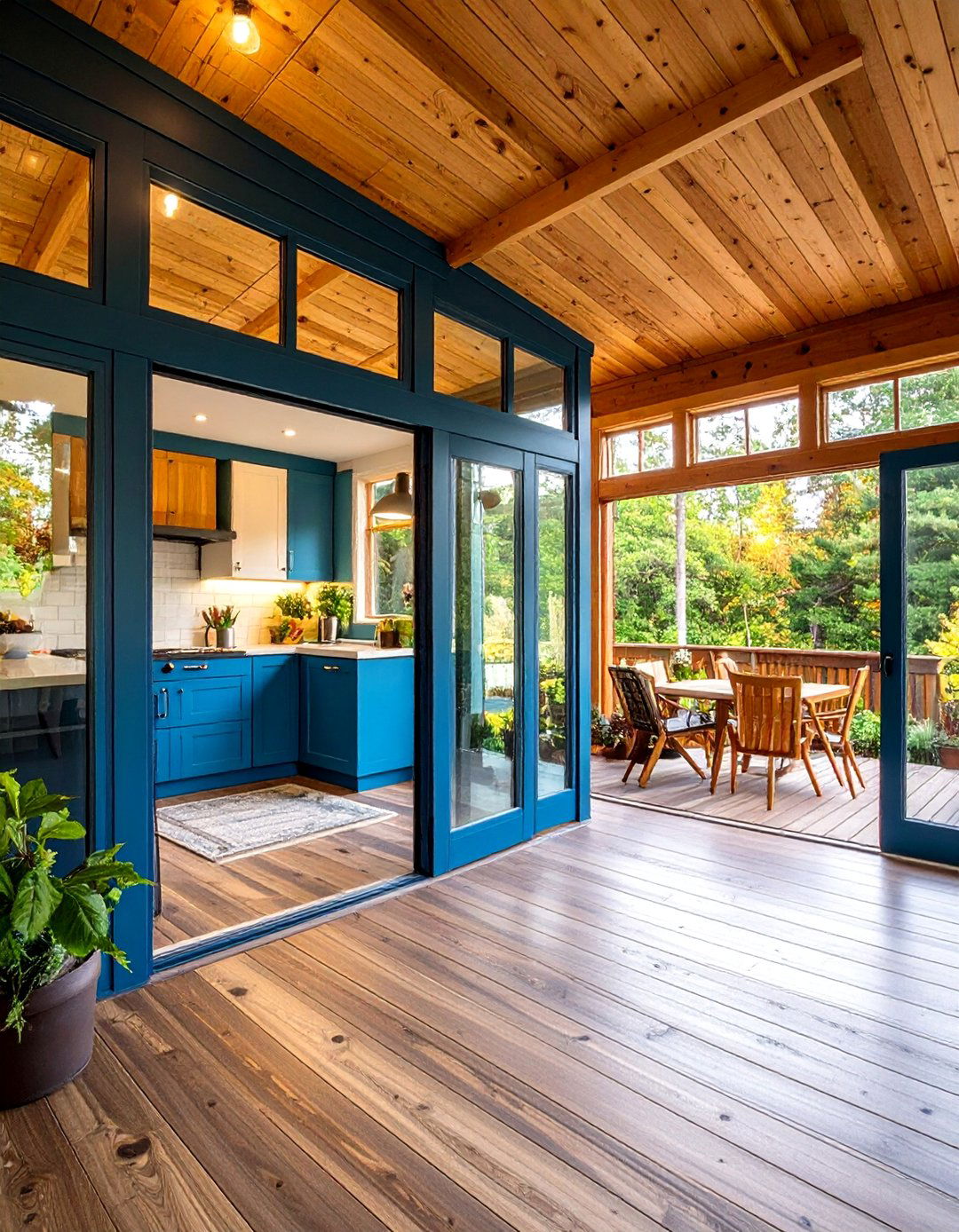
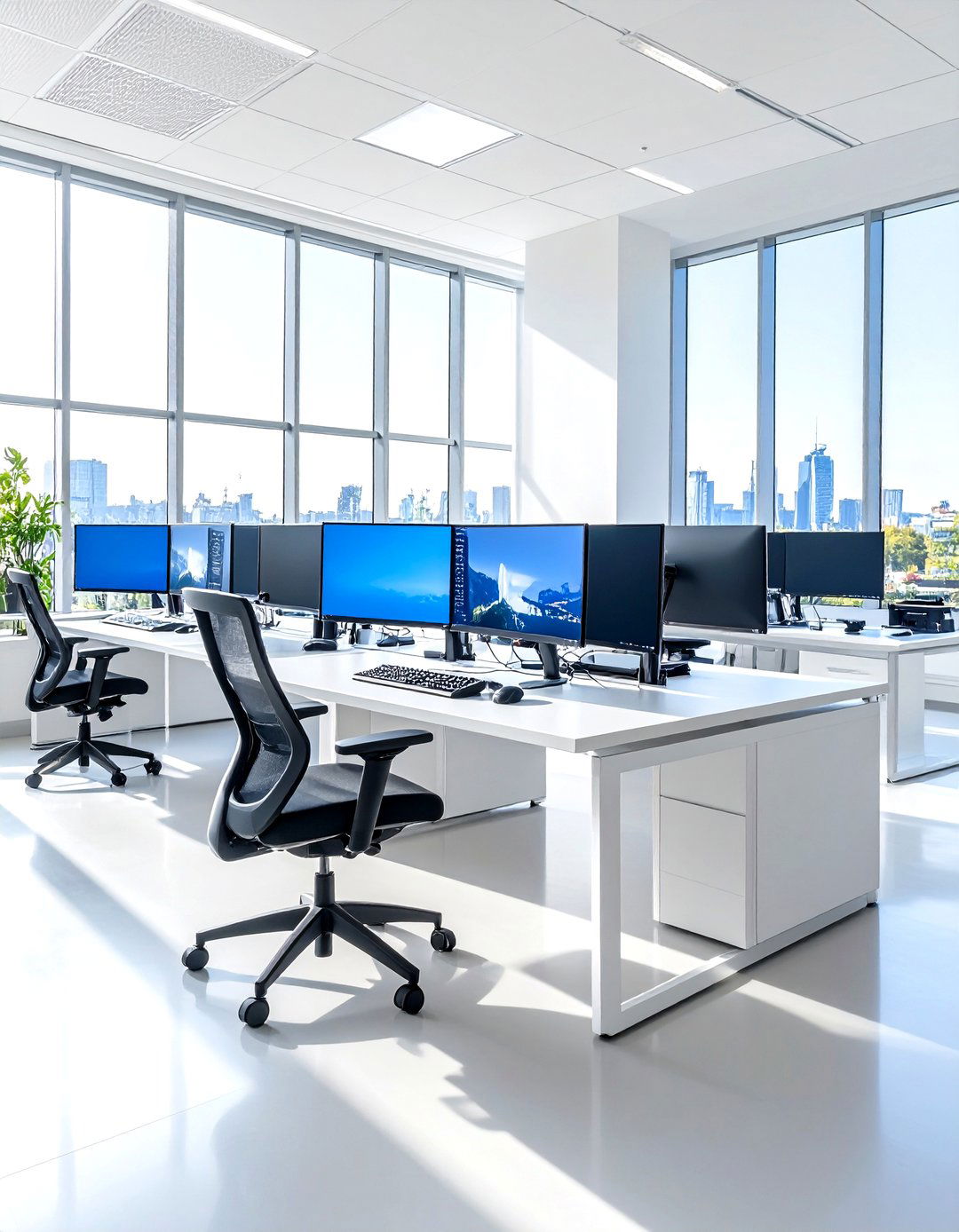
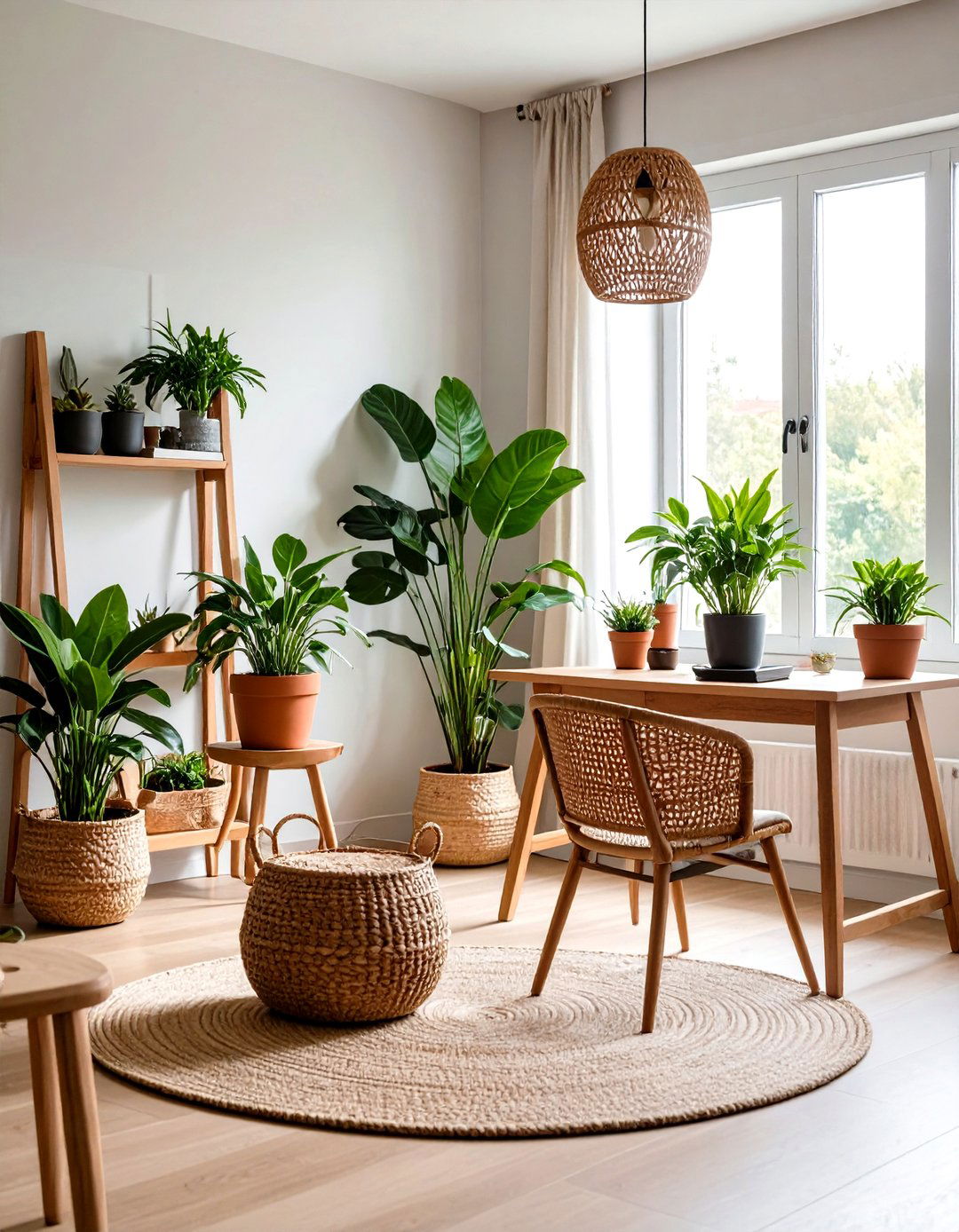
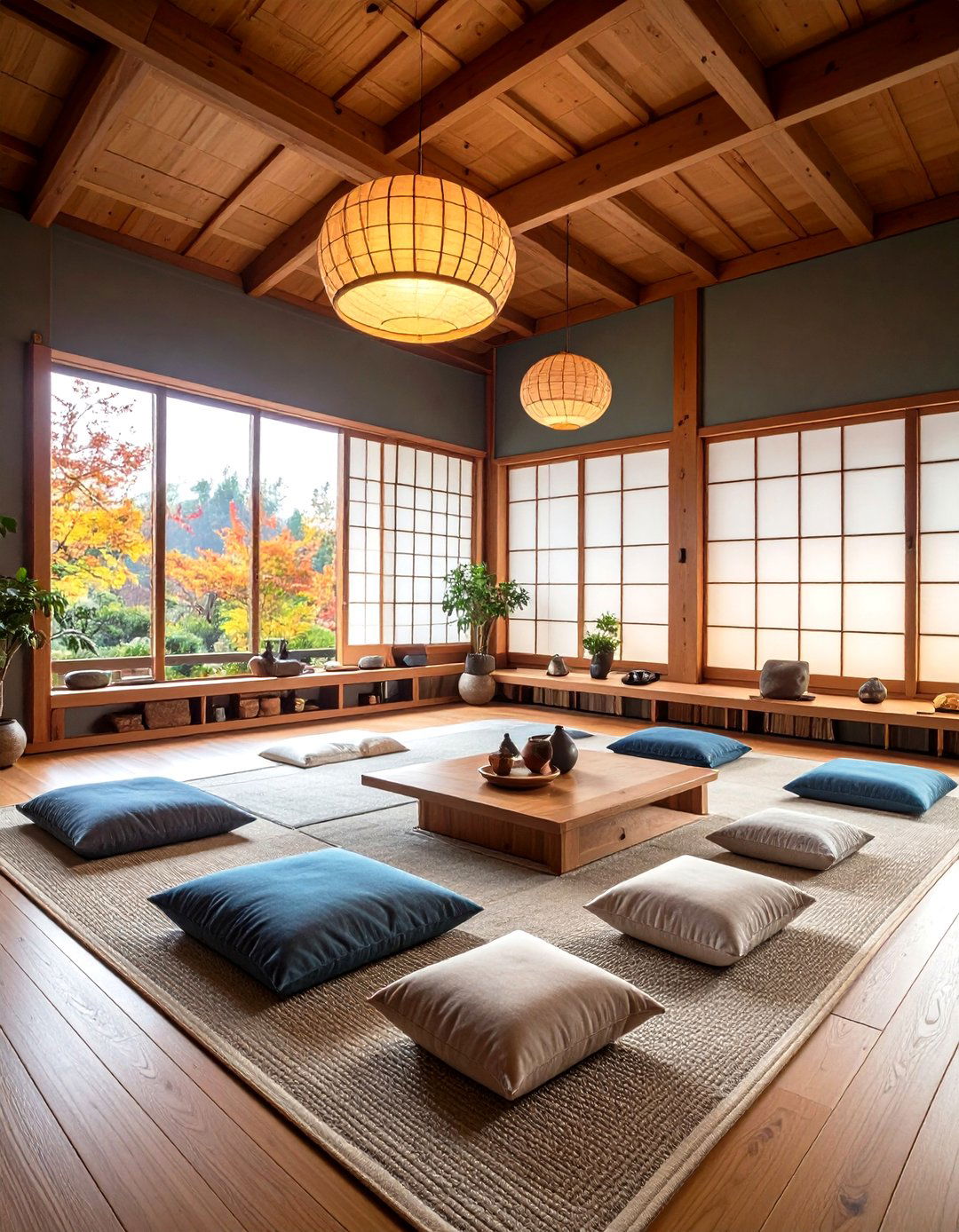
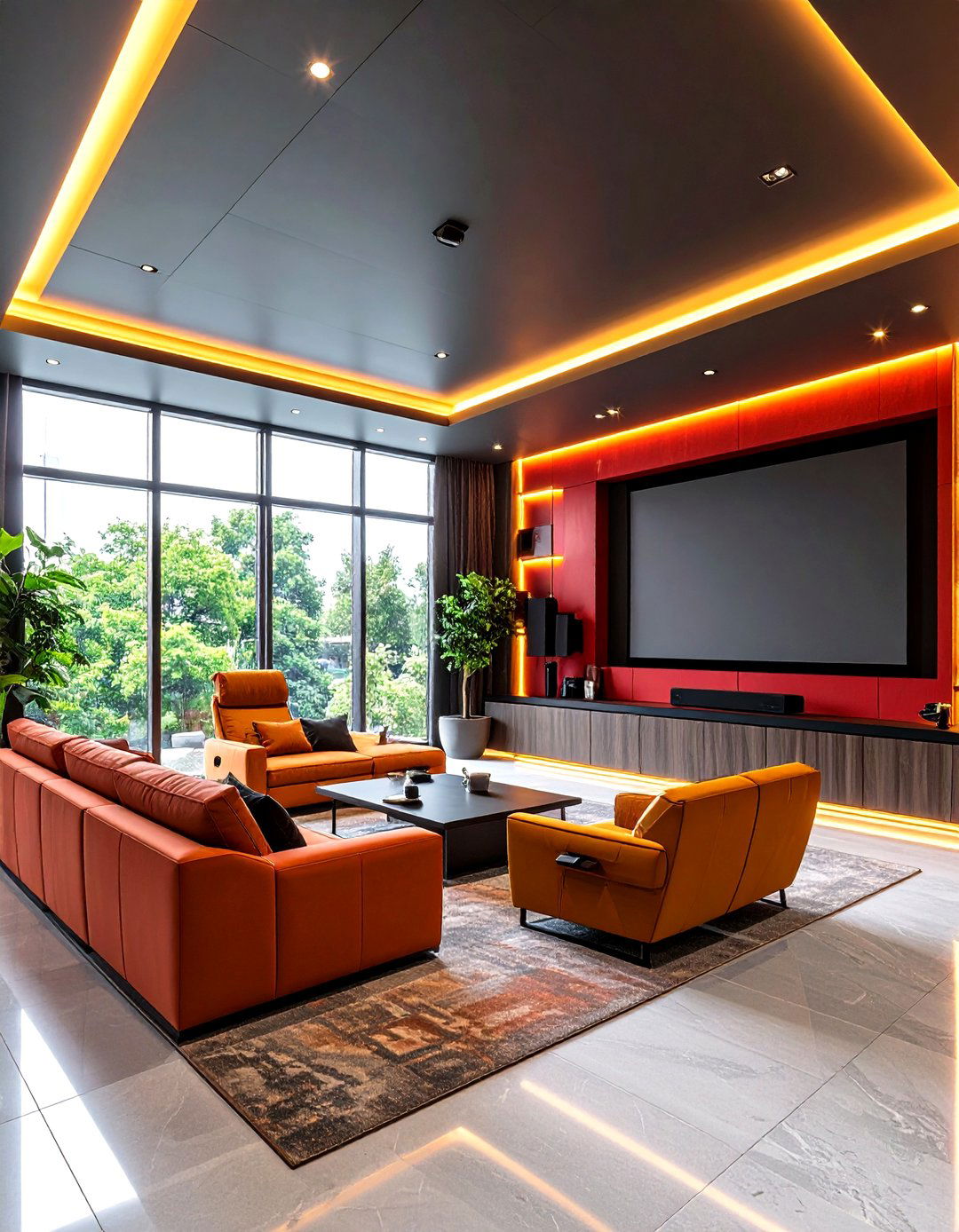
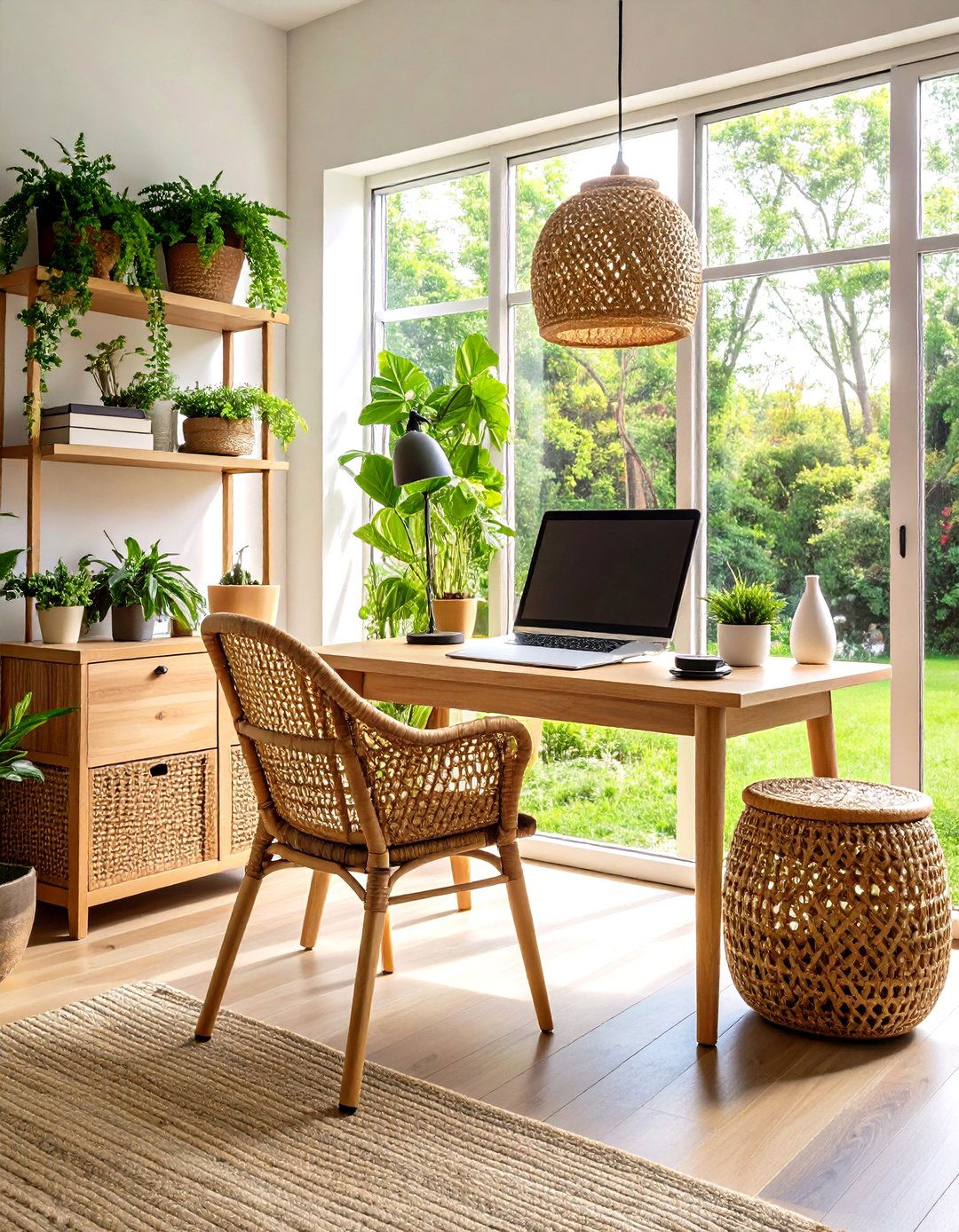
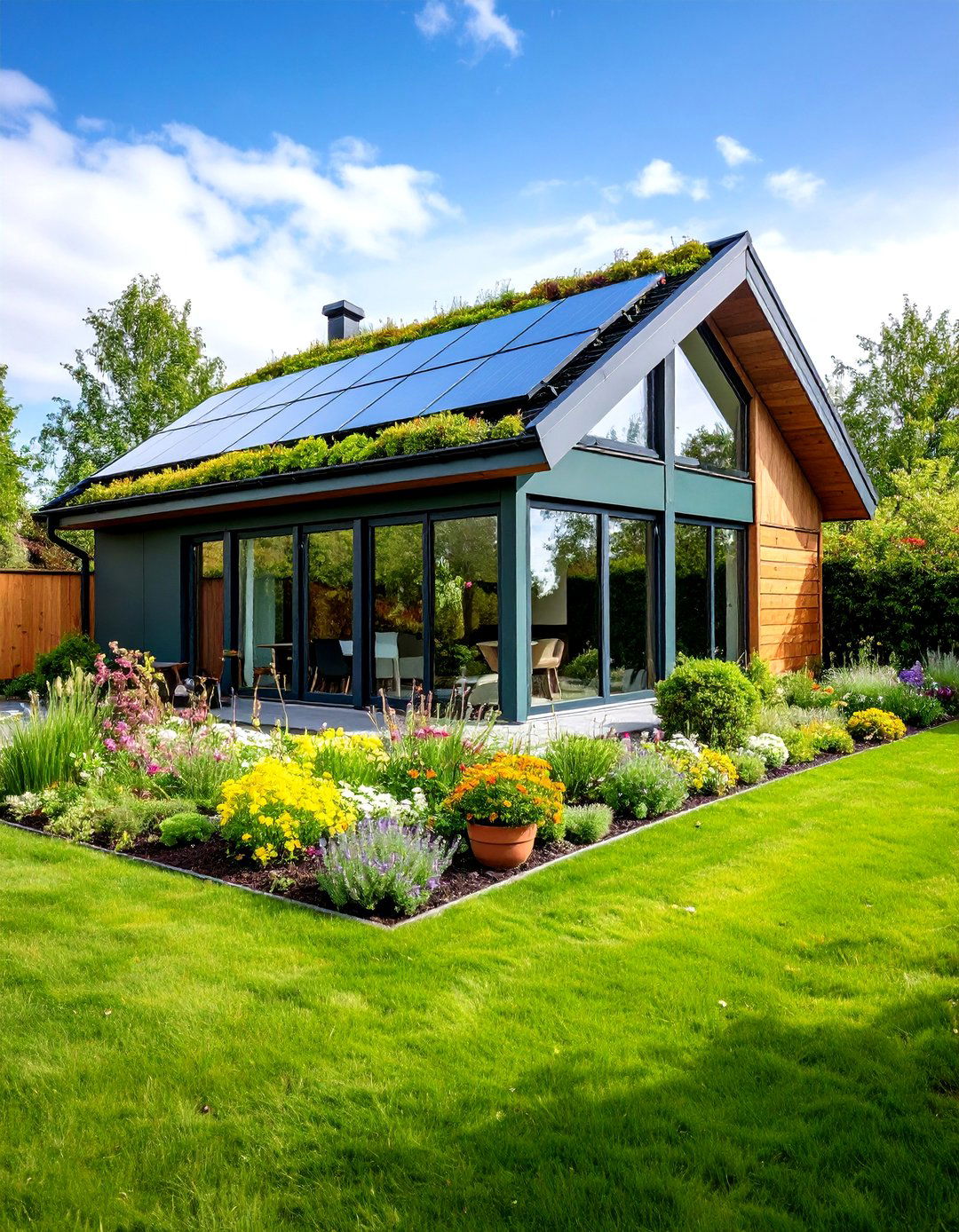
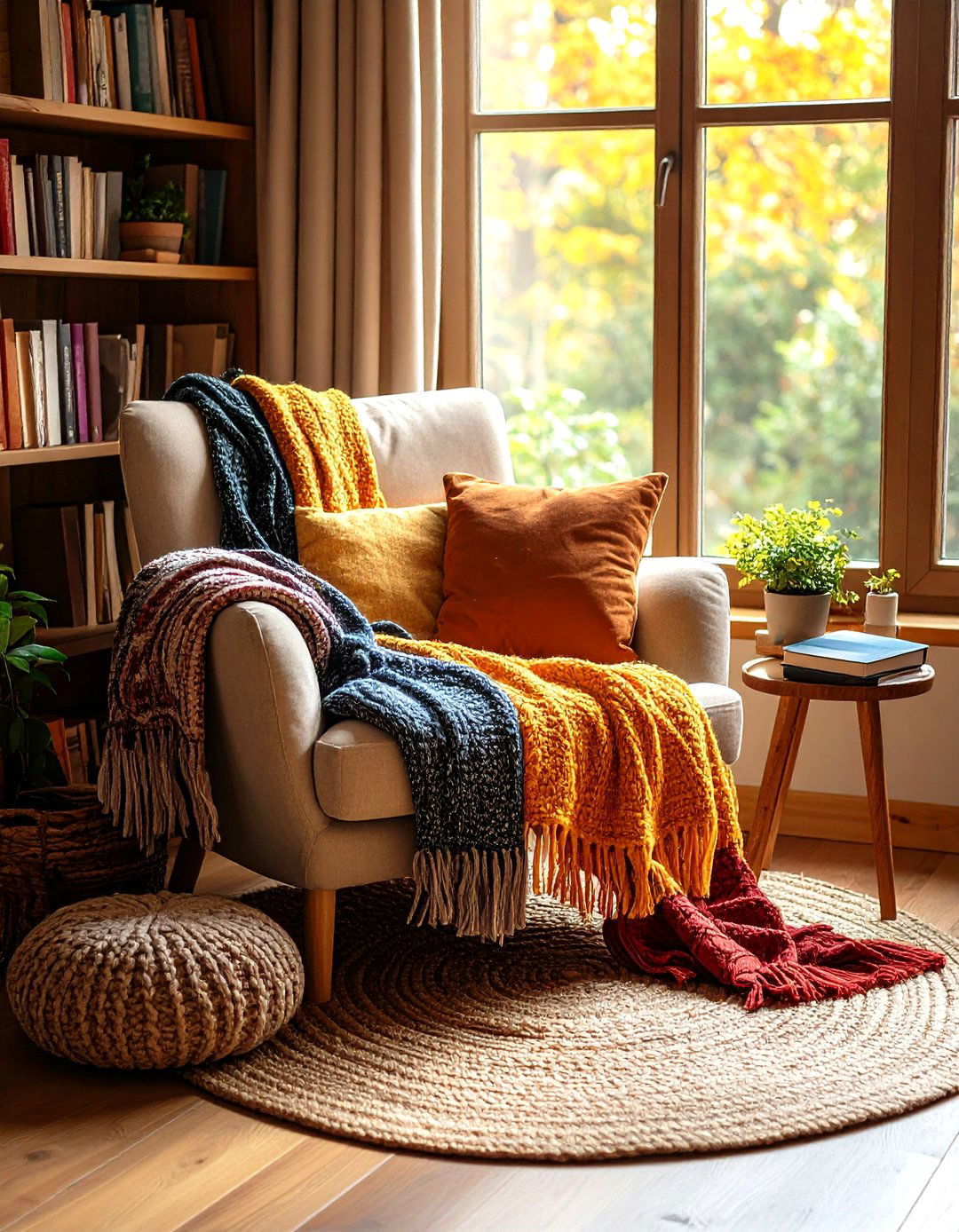
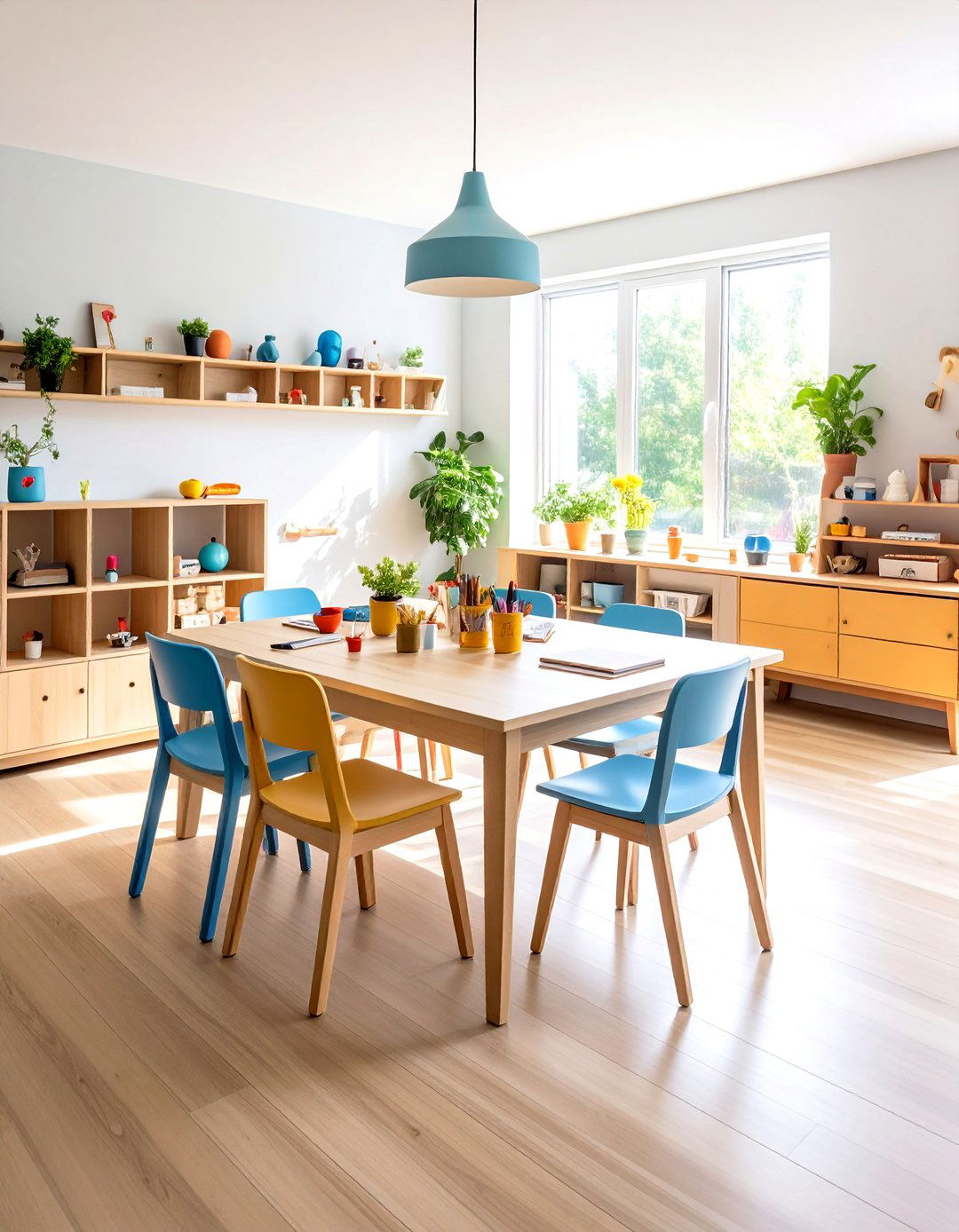



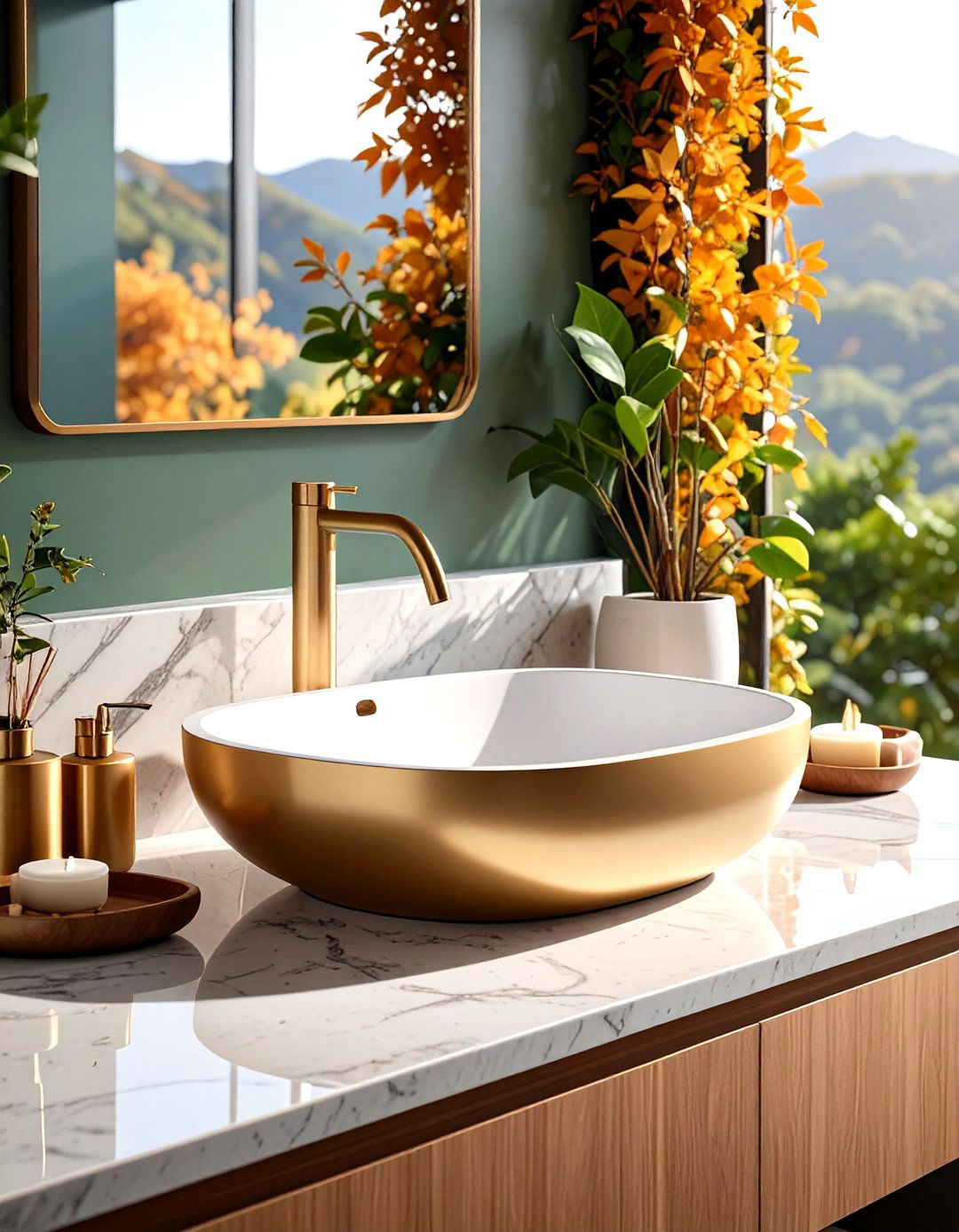
Leave a Reply